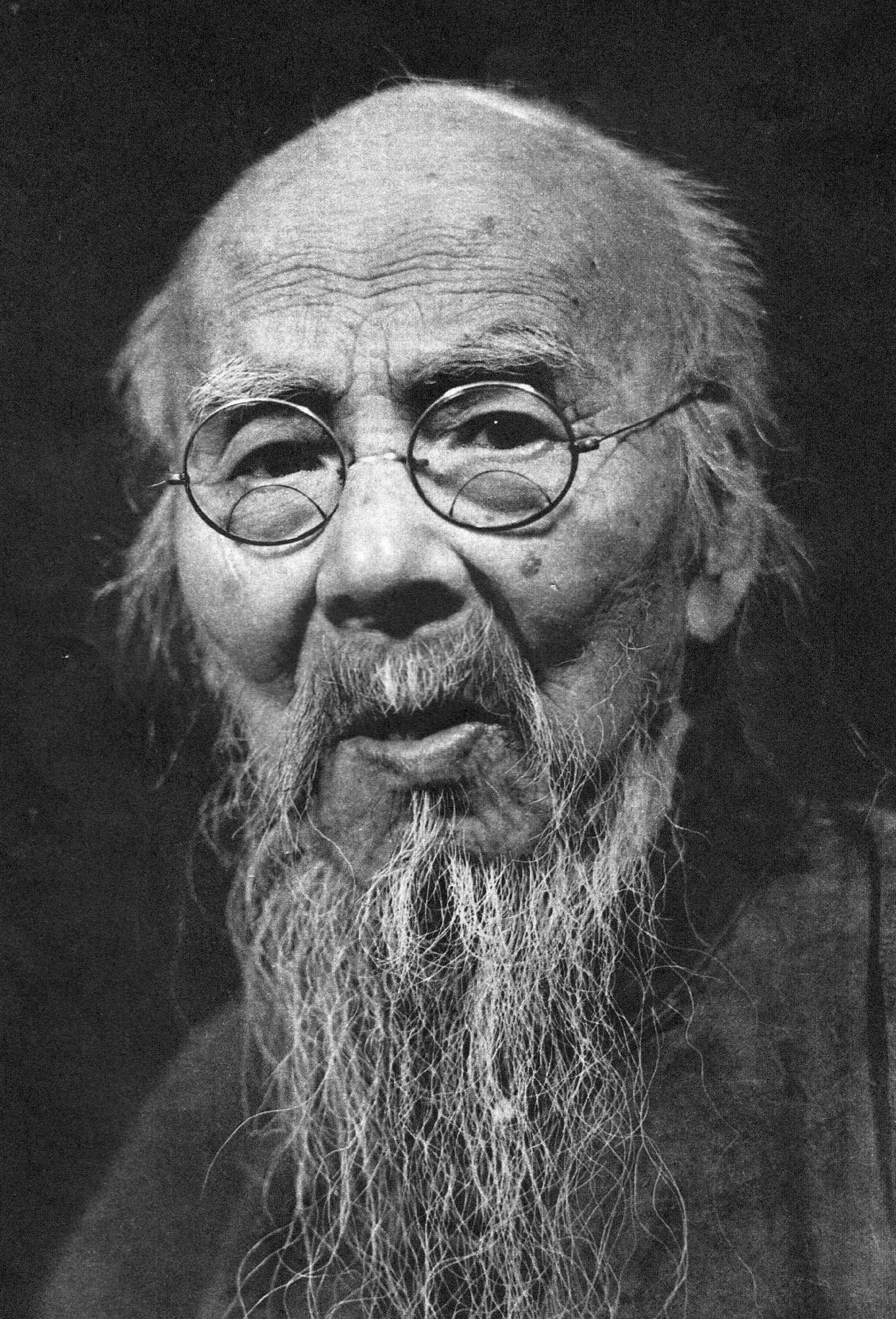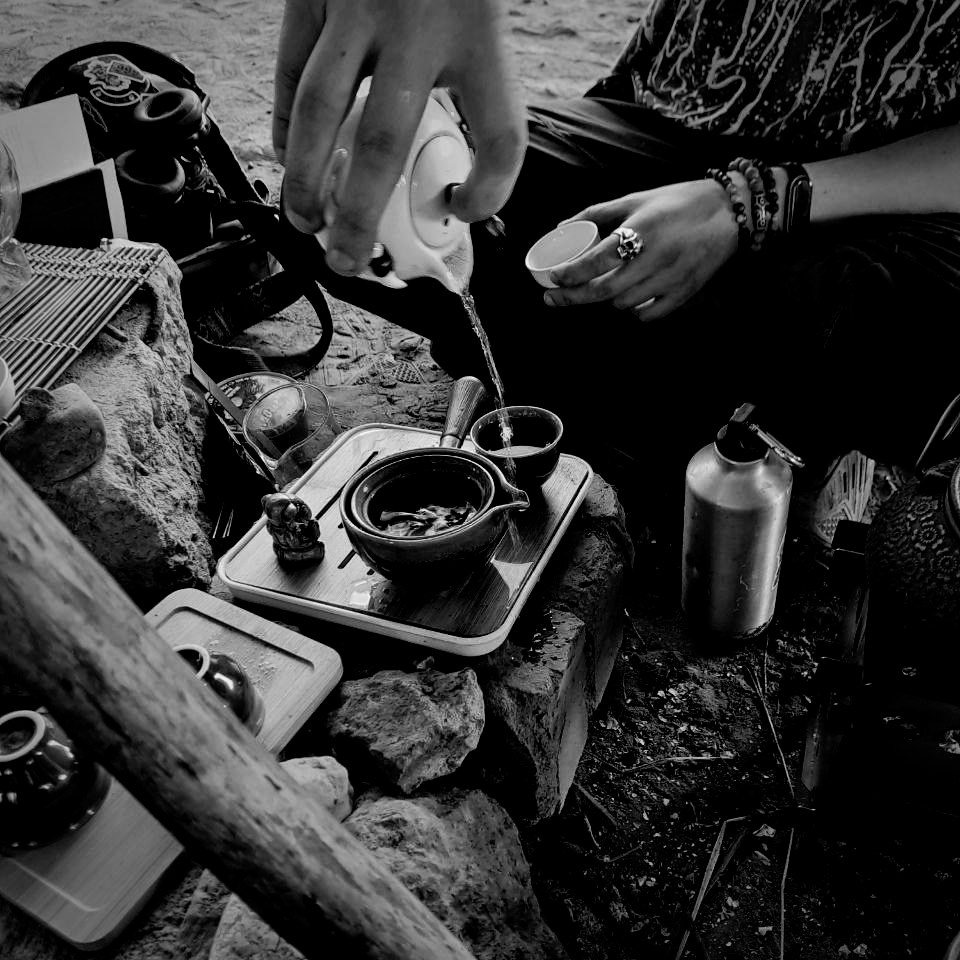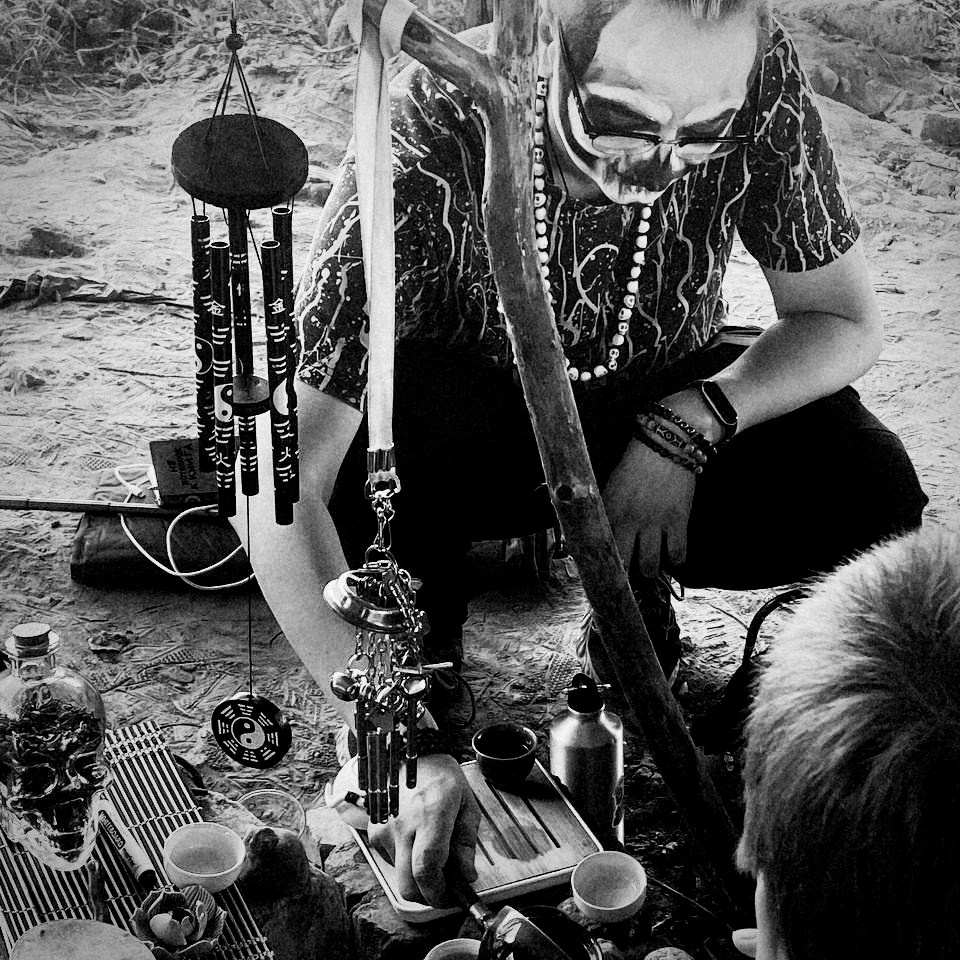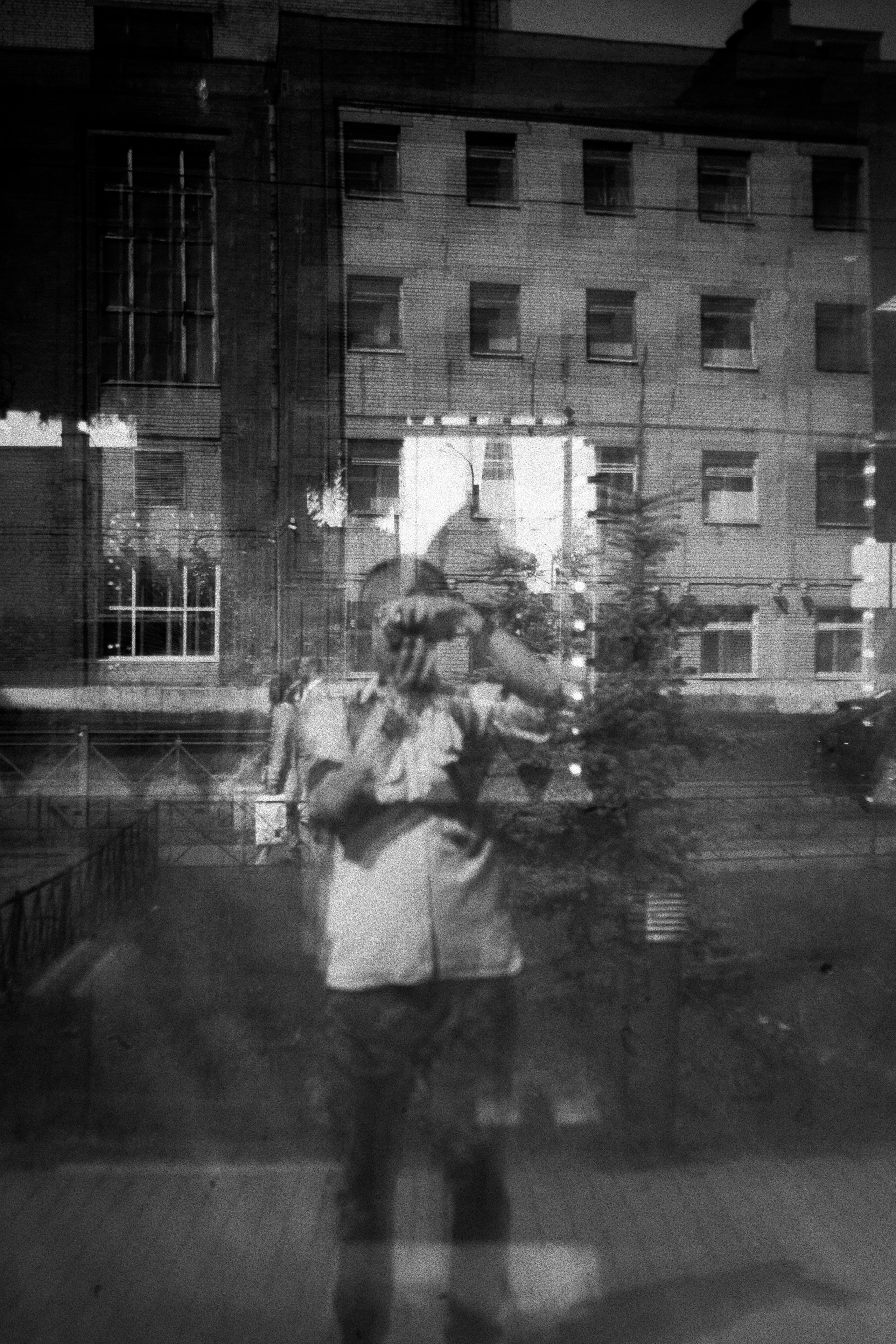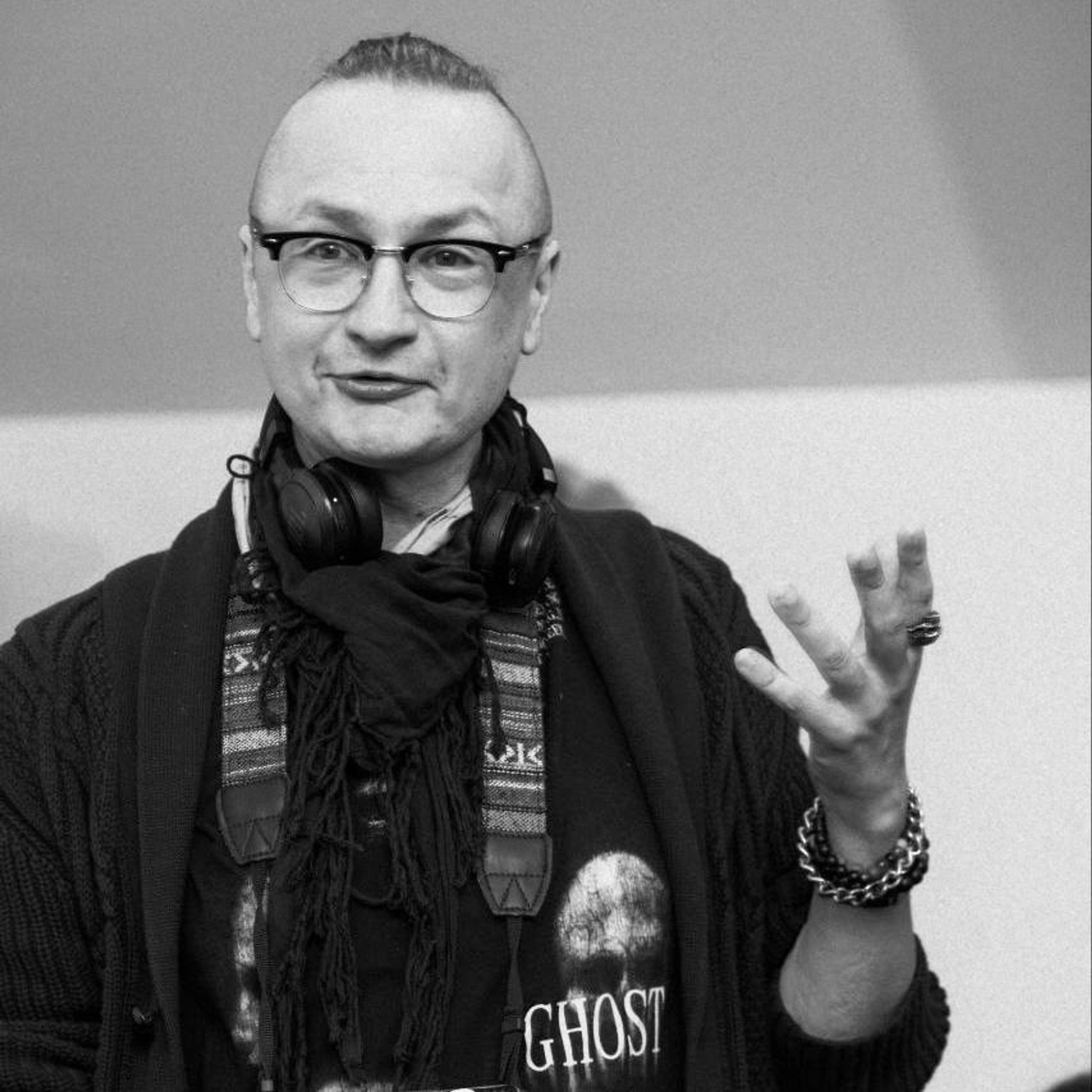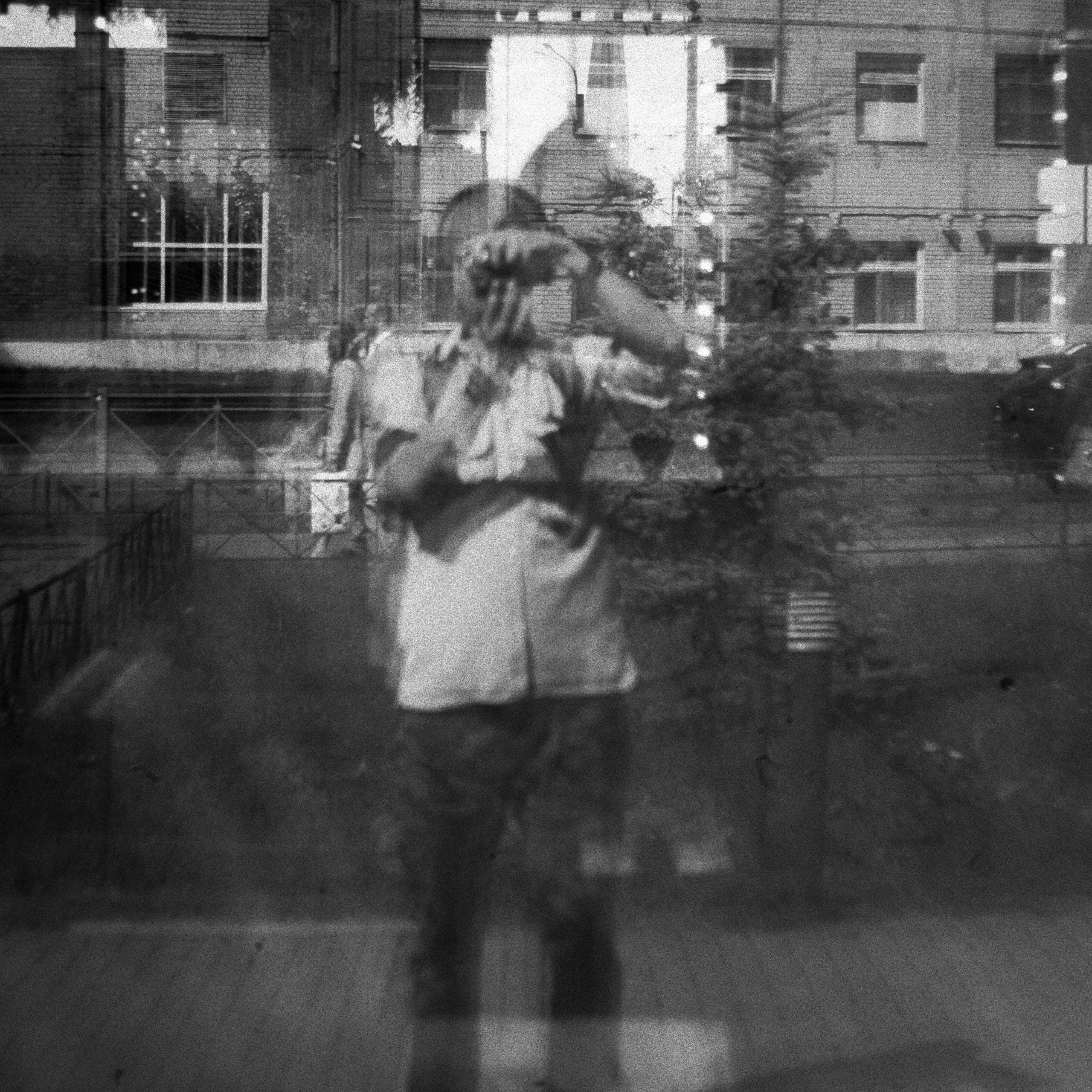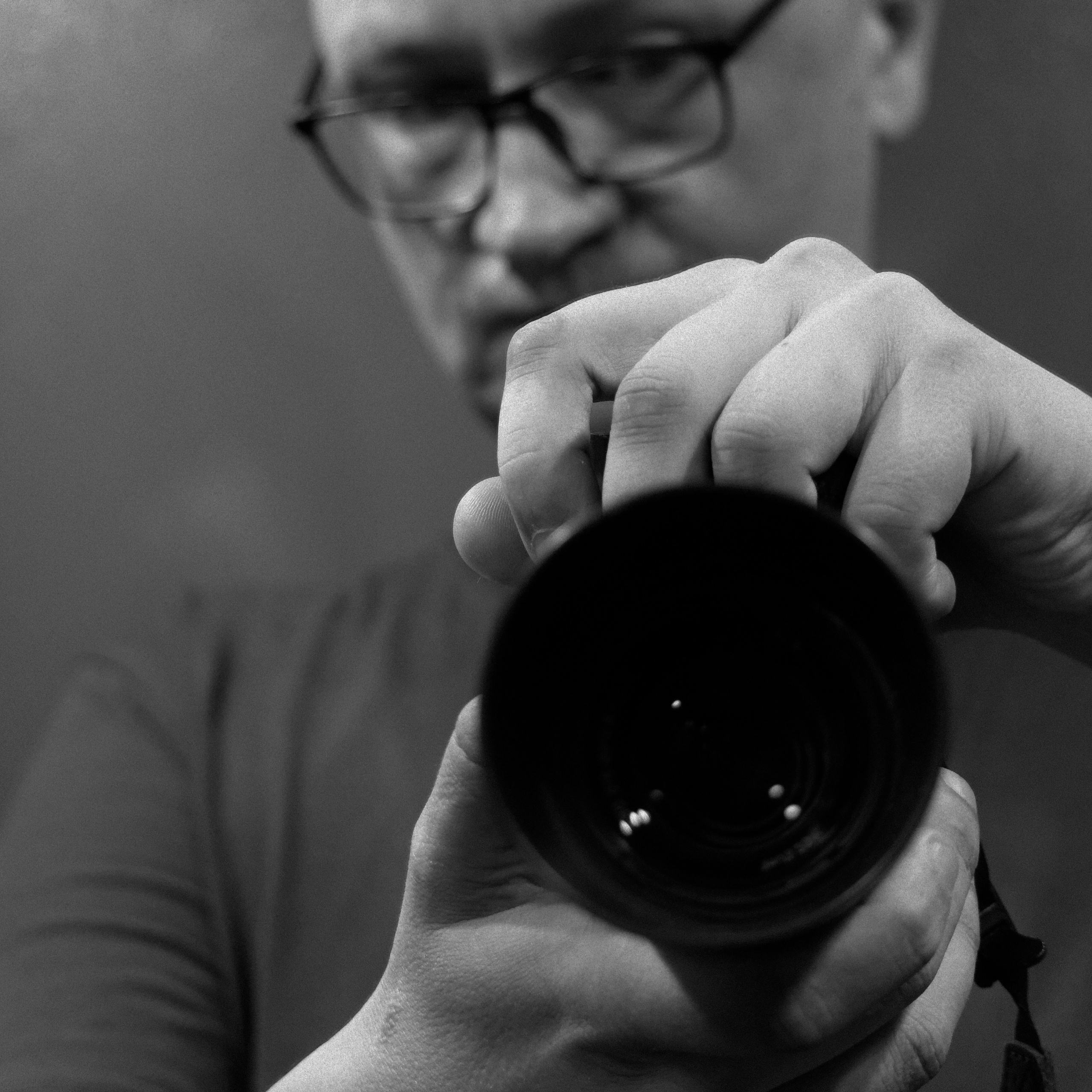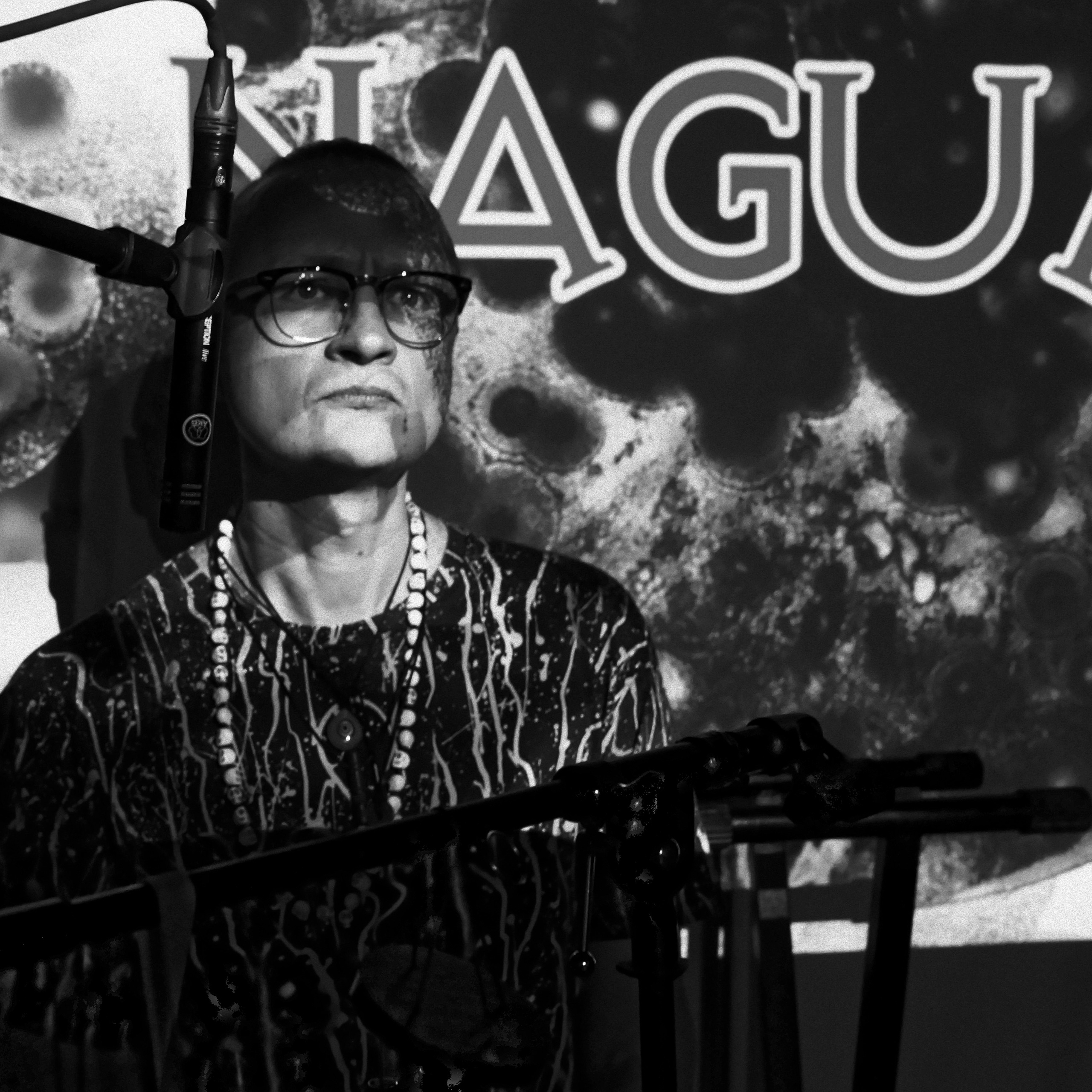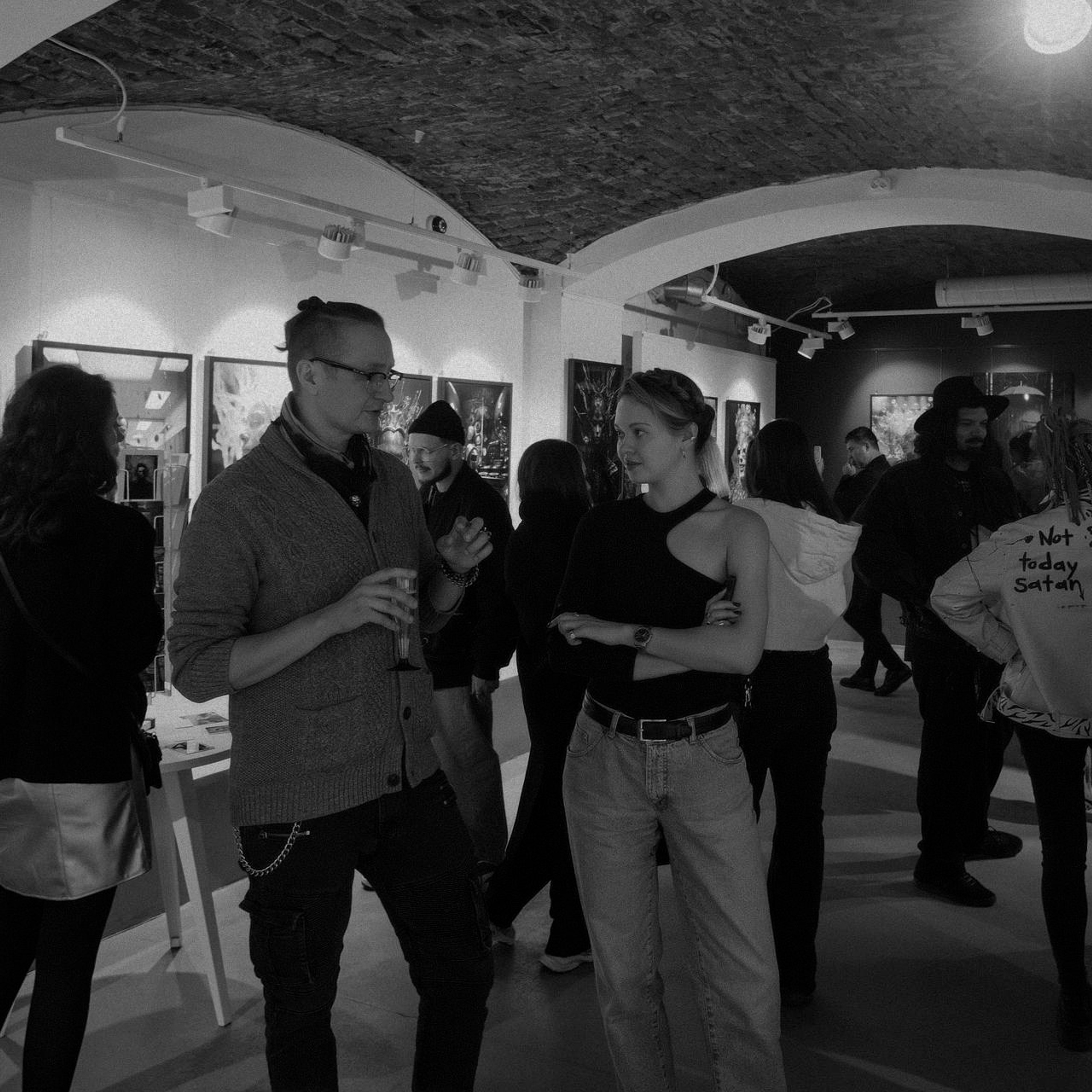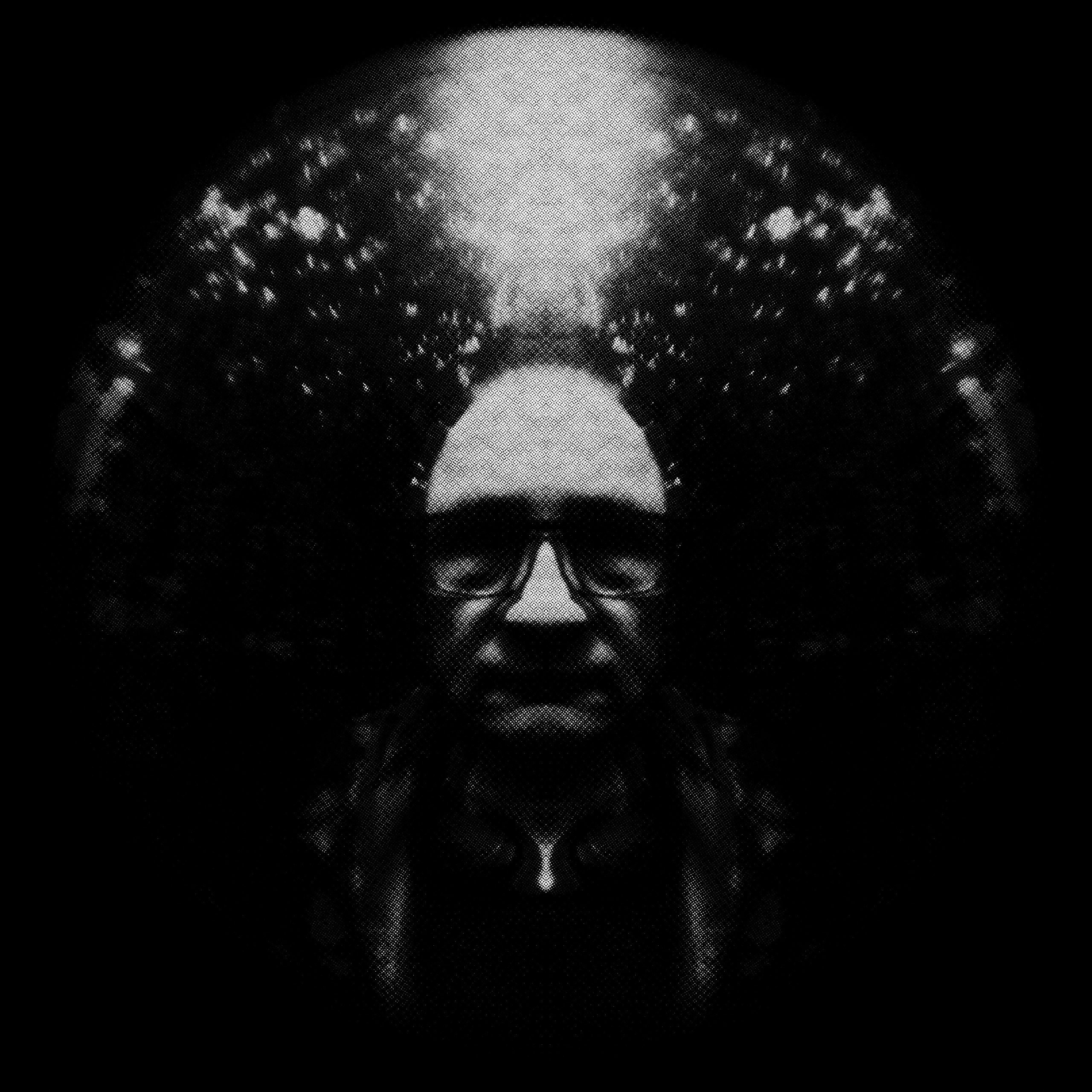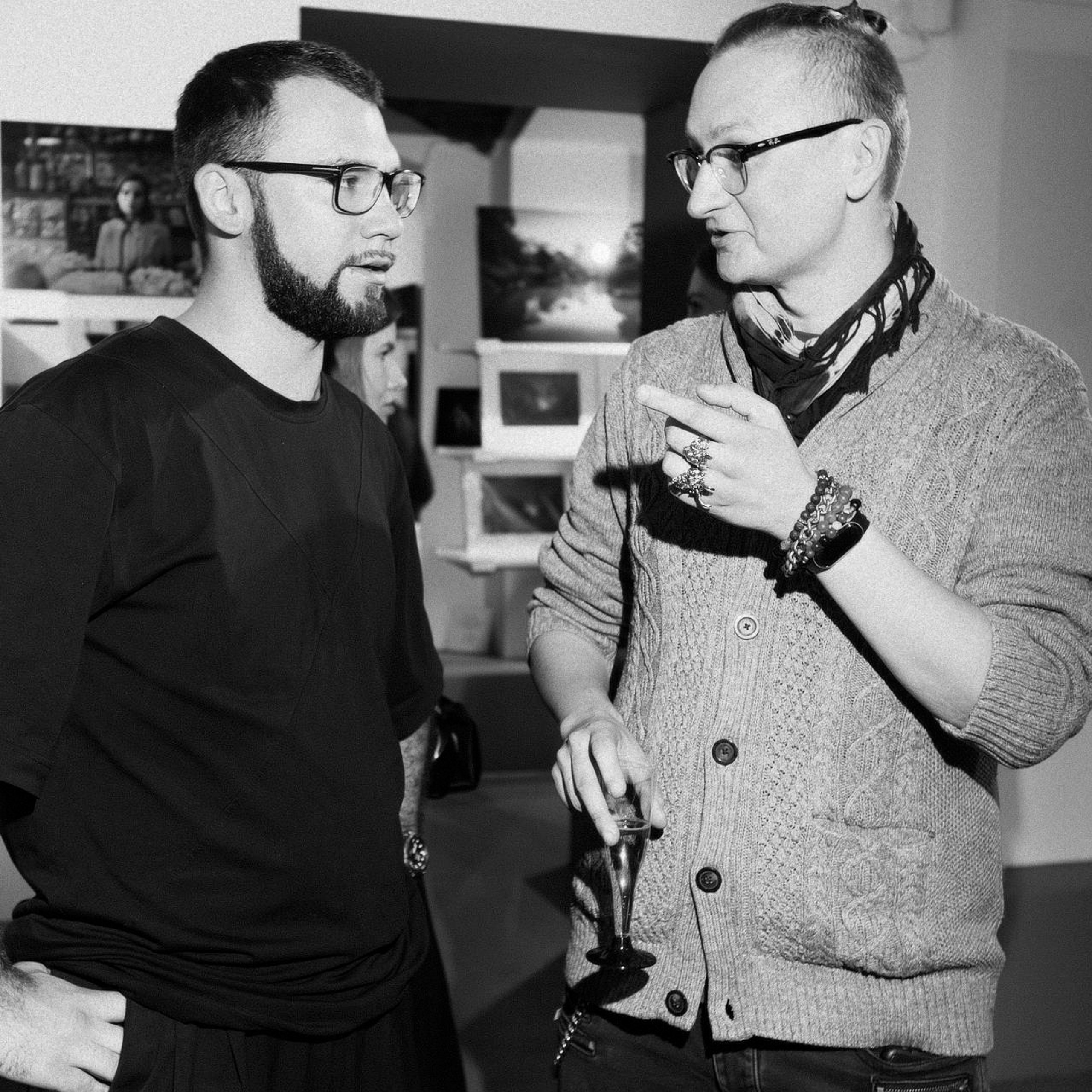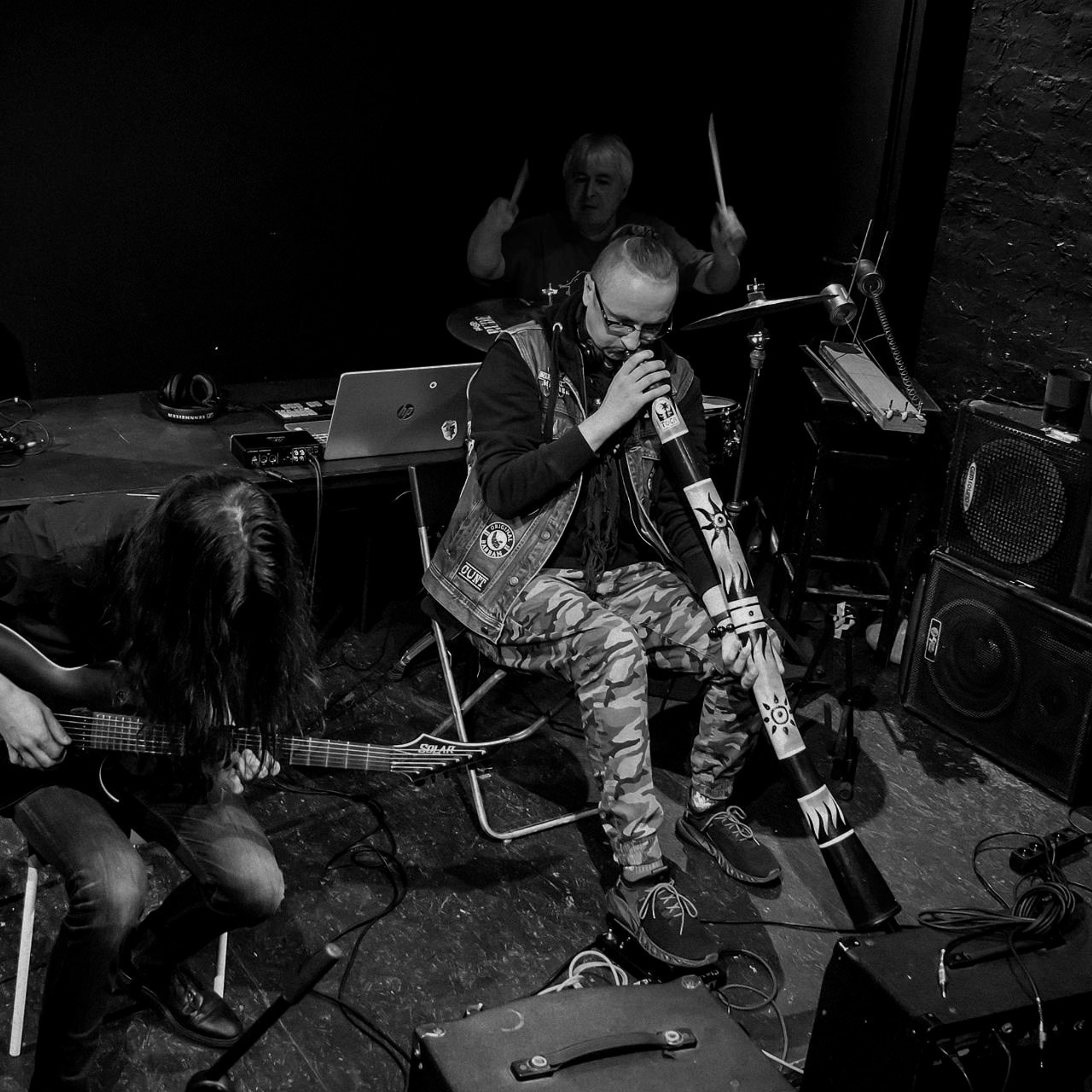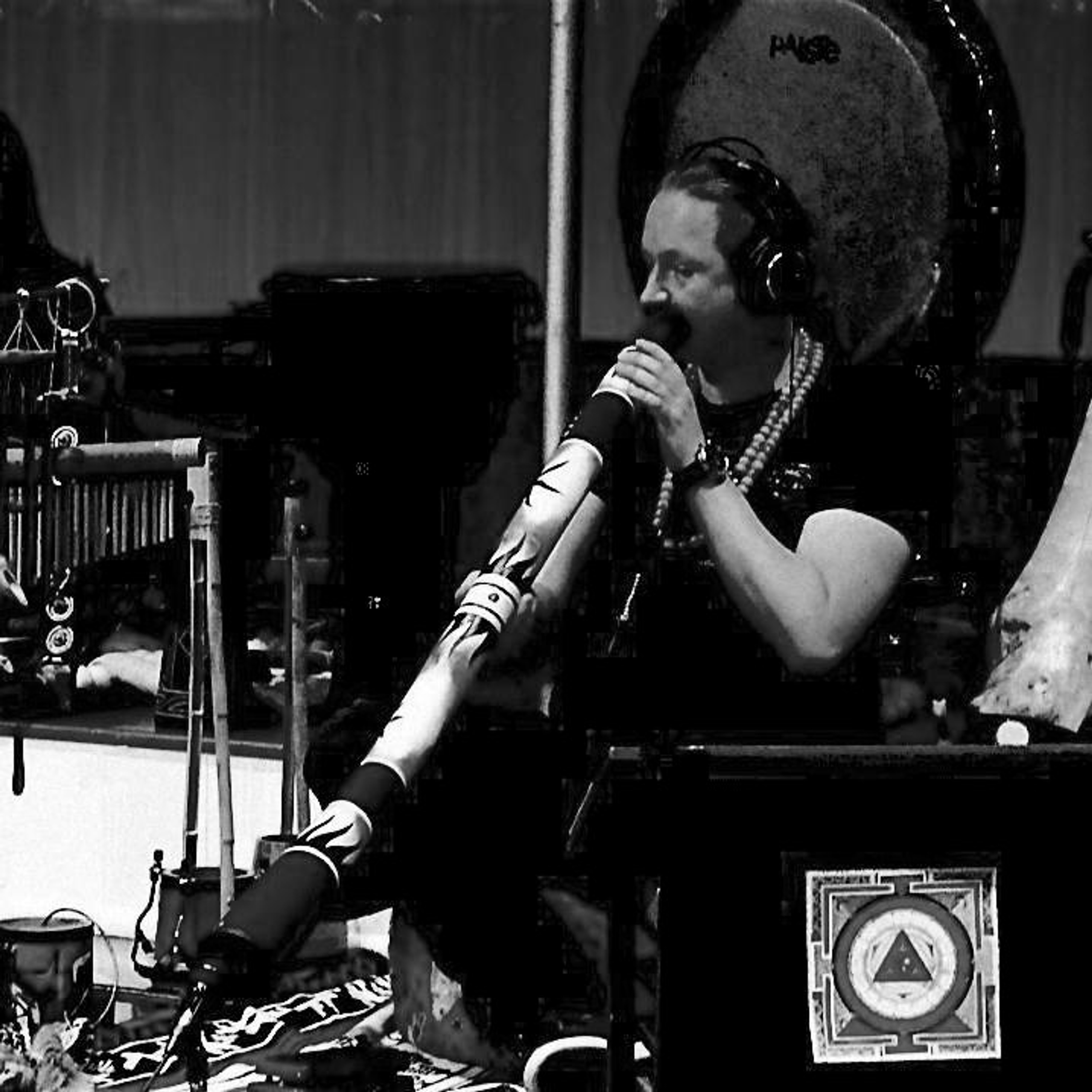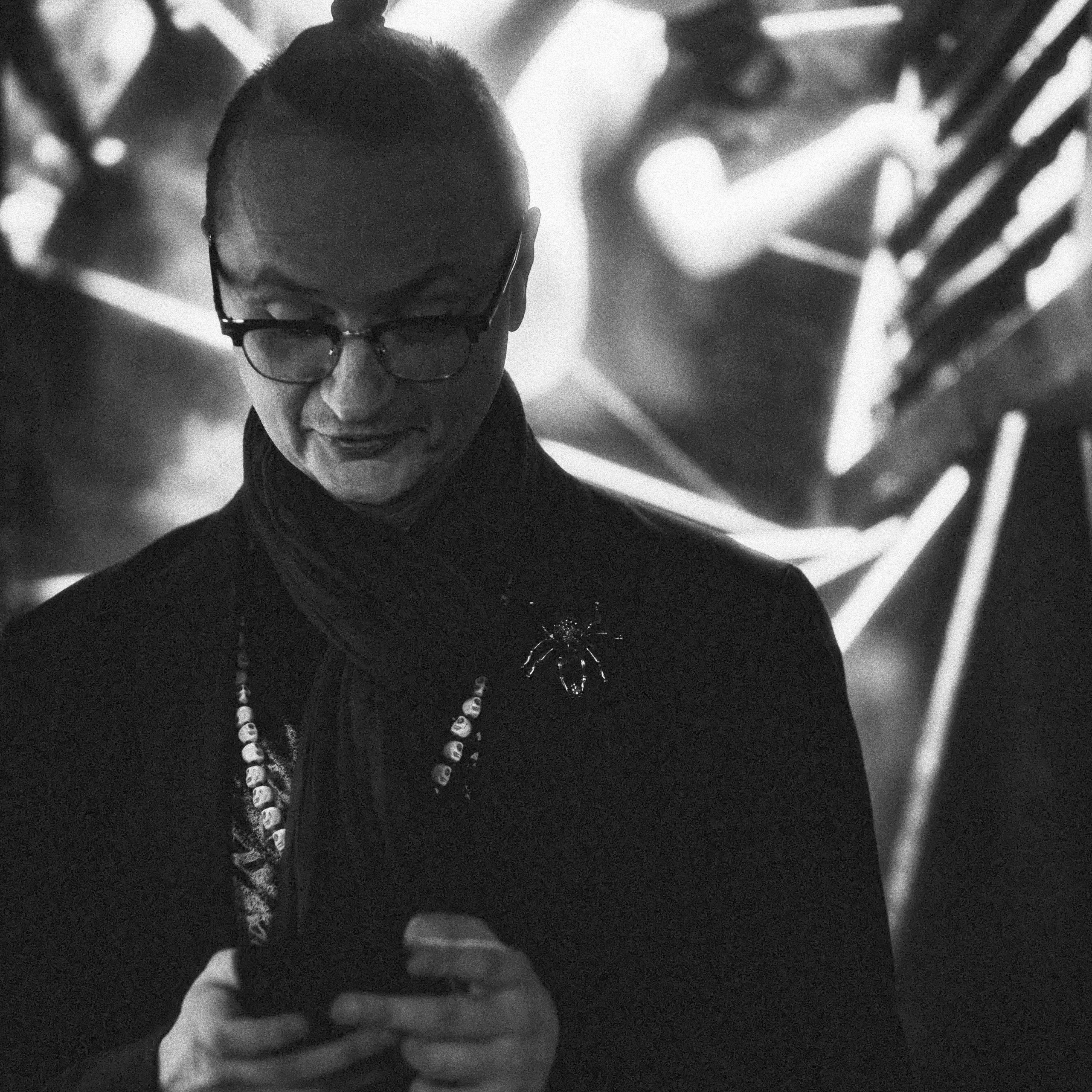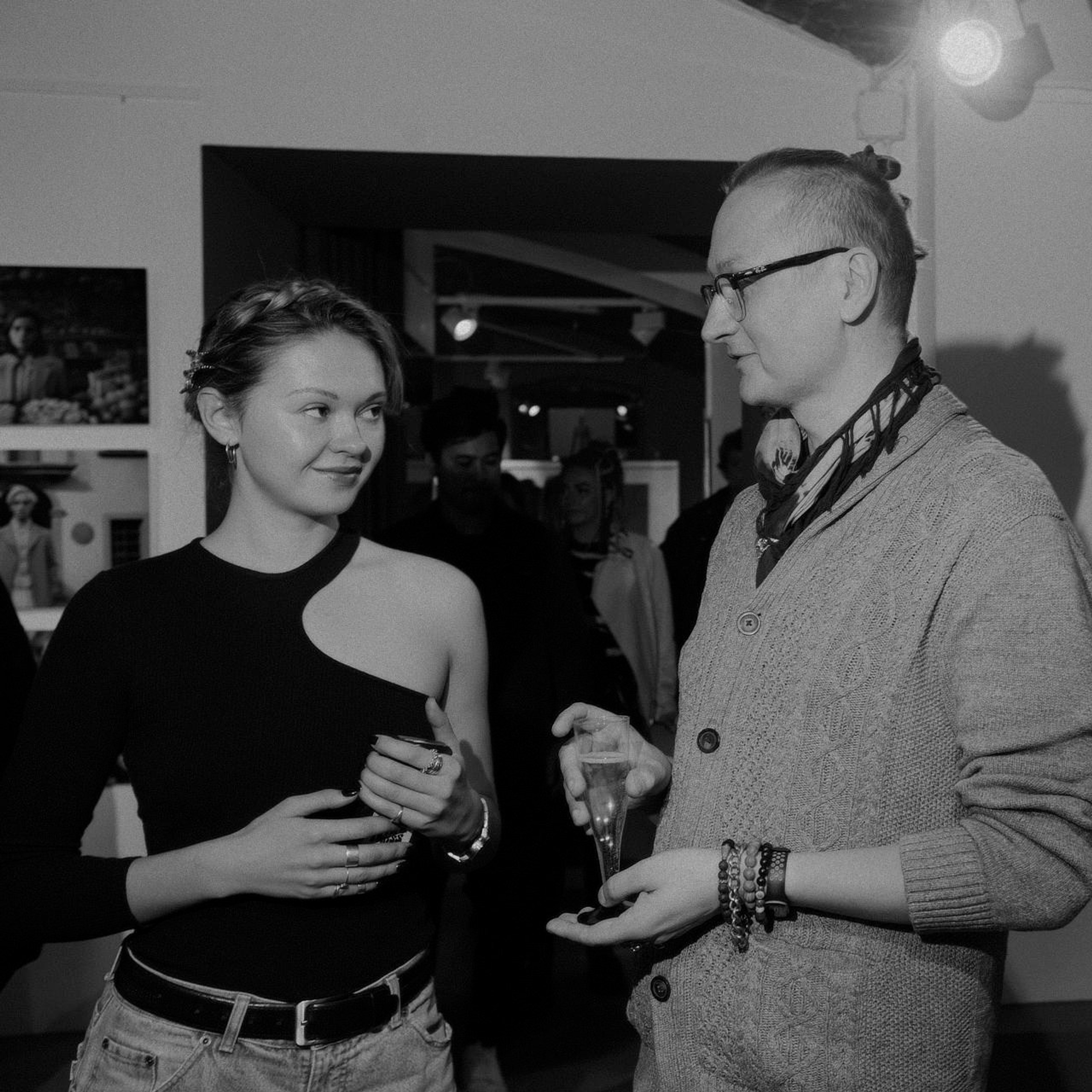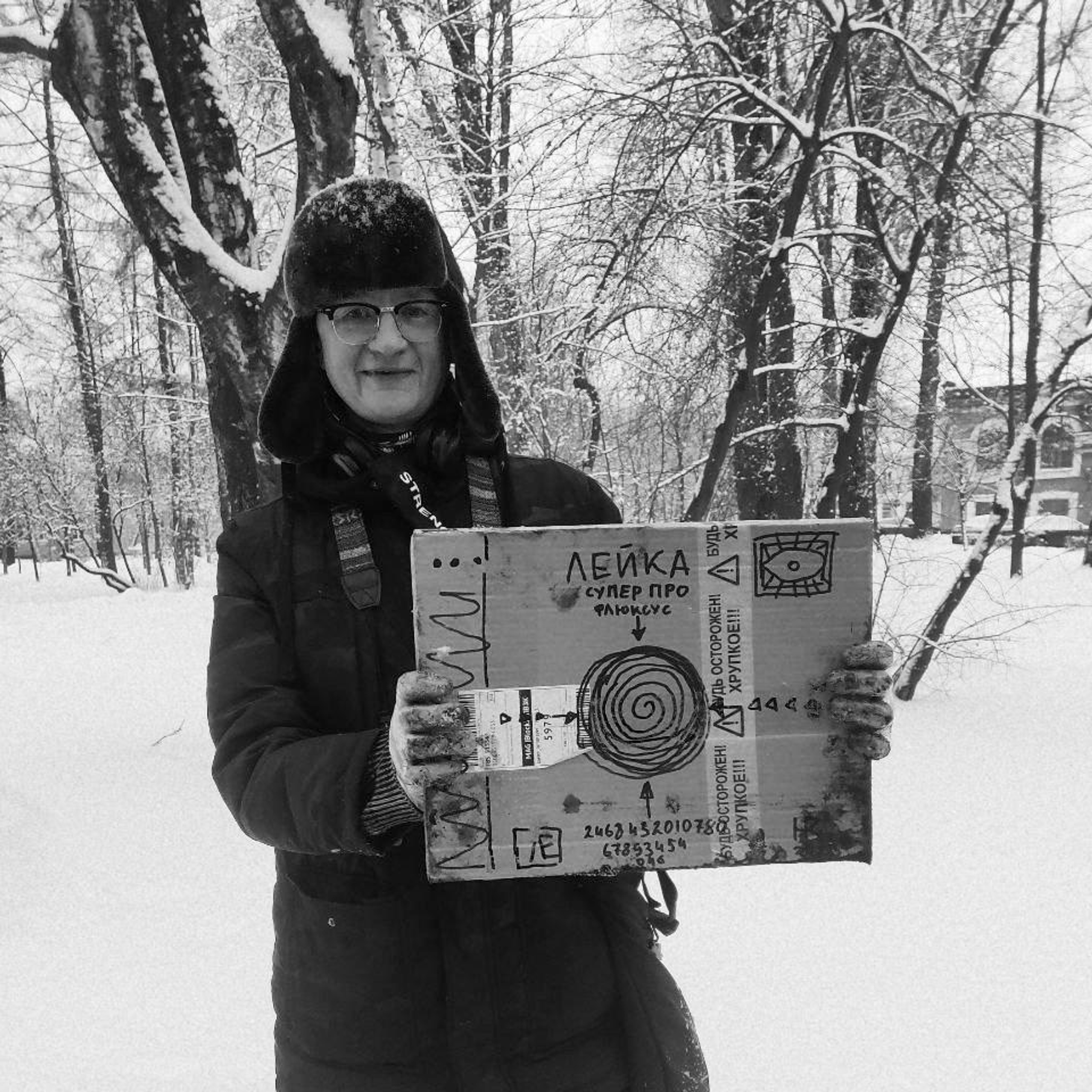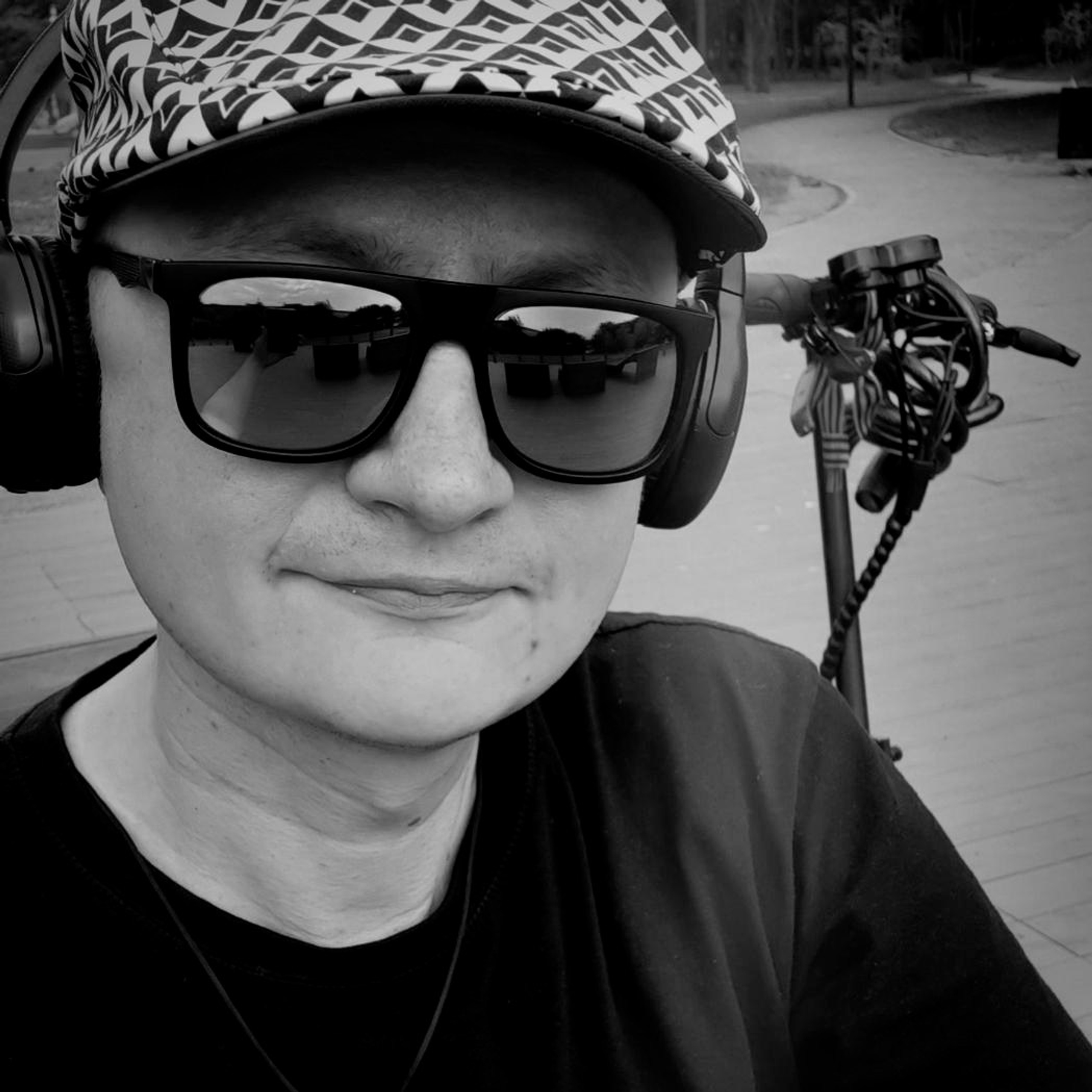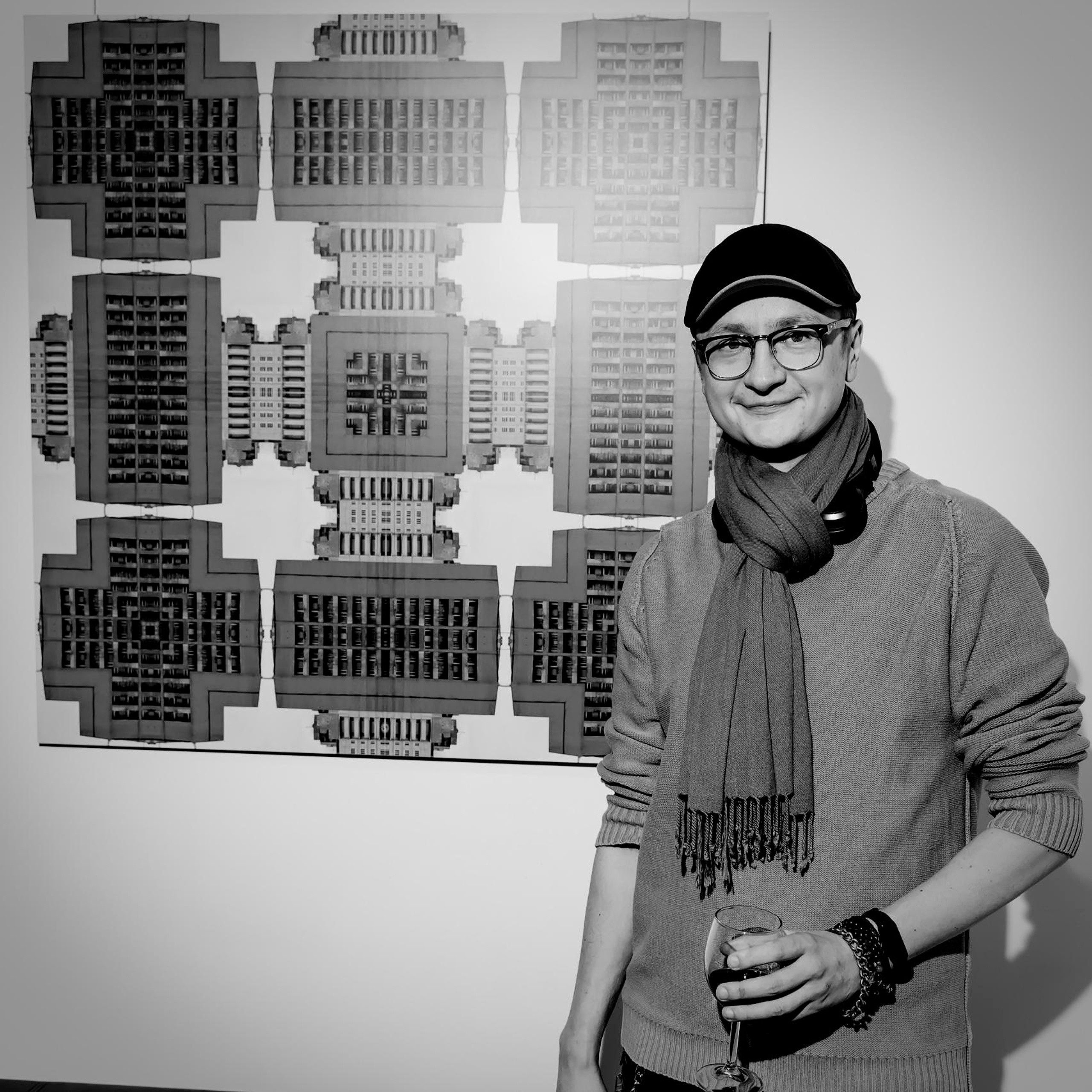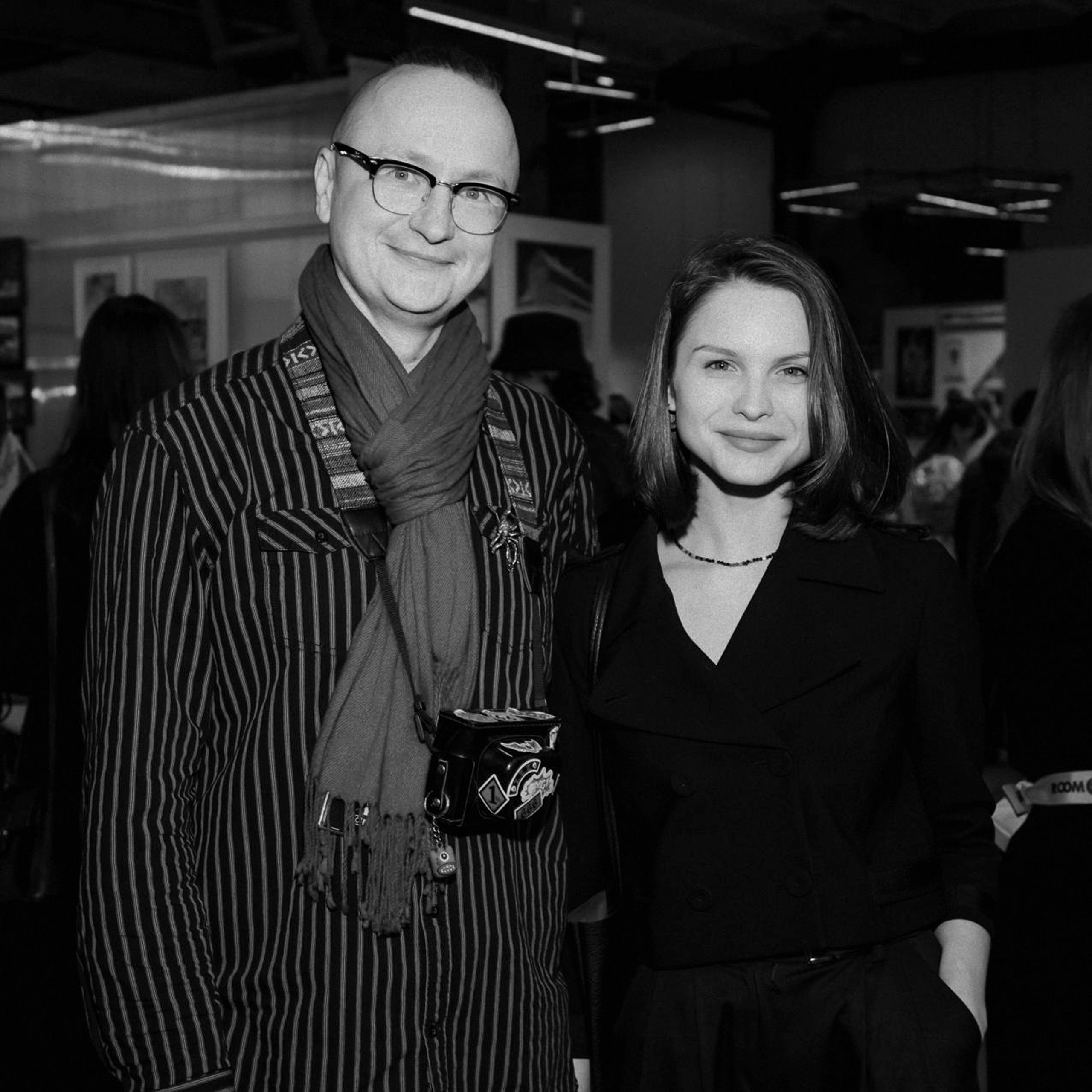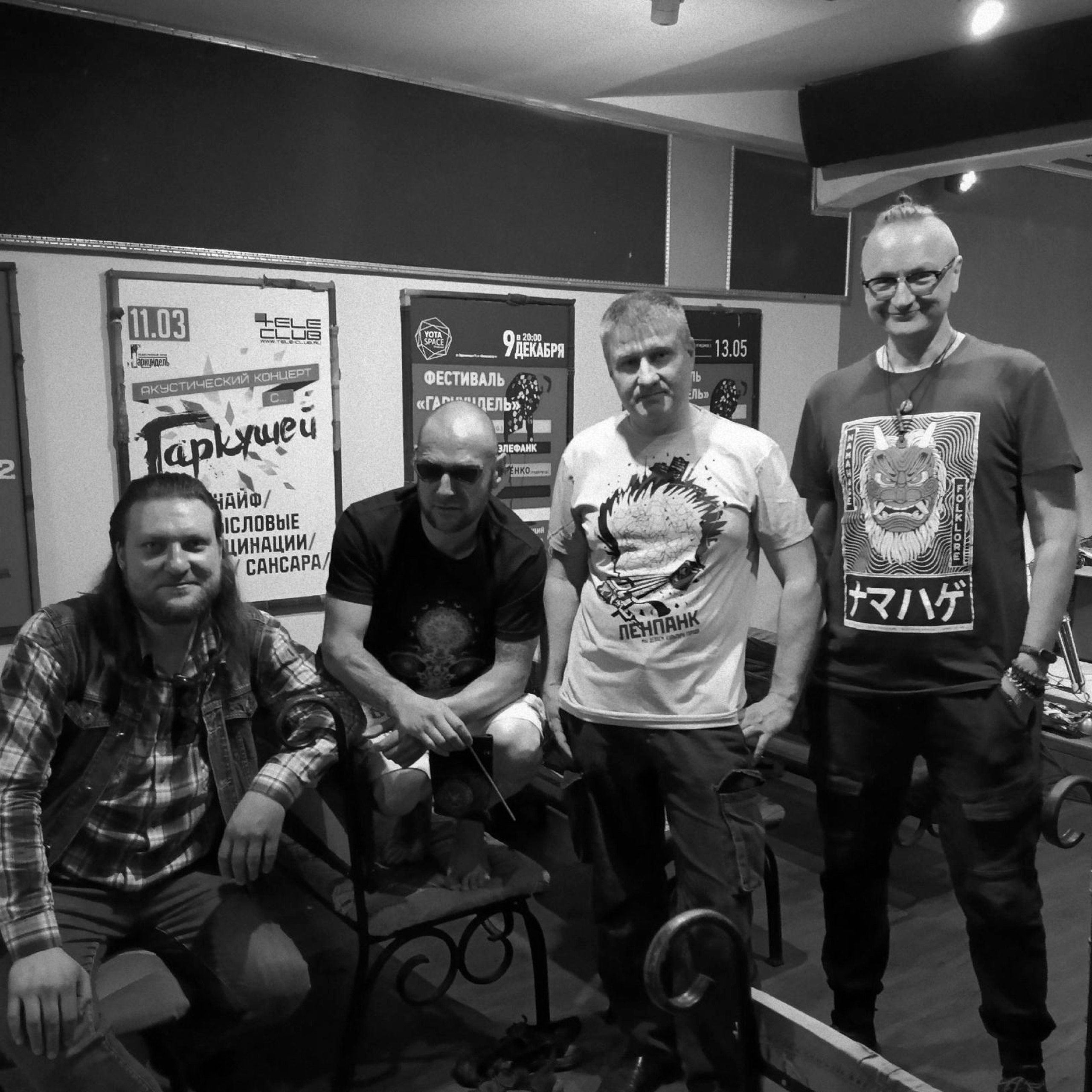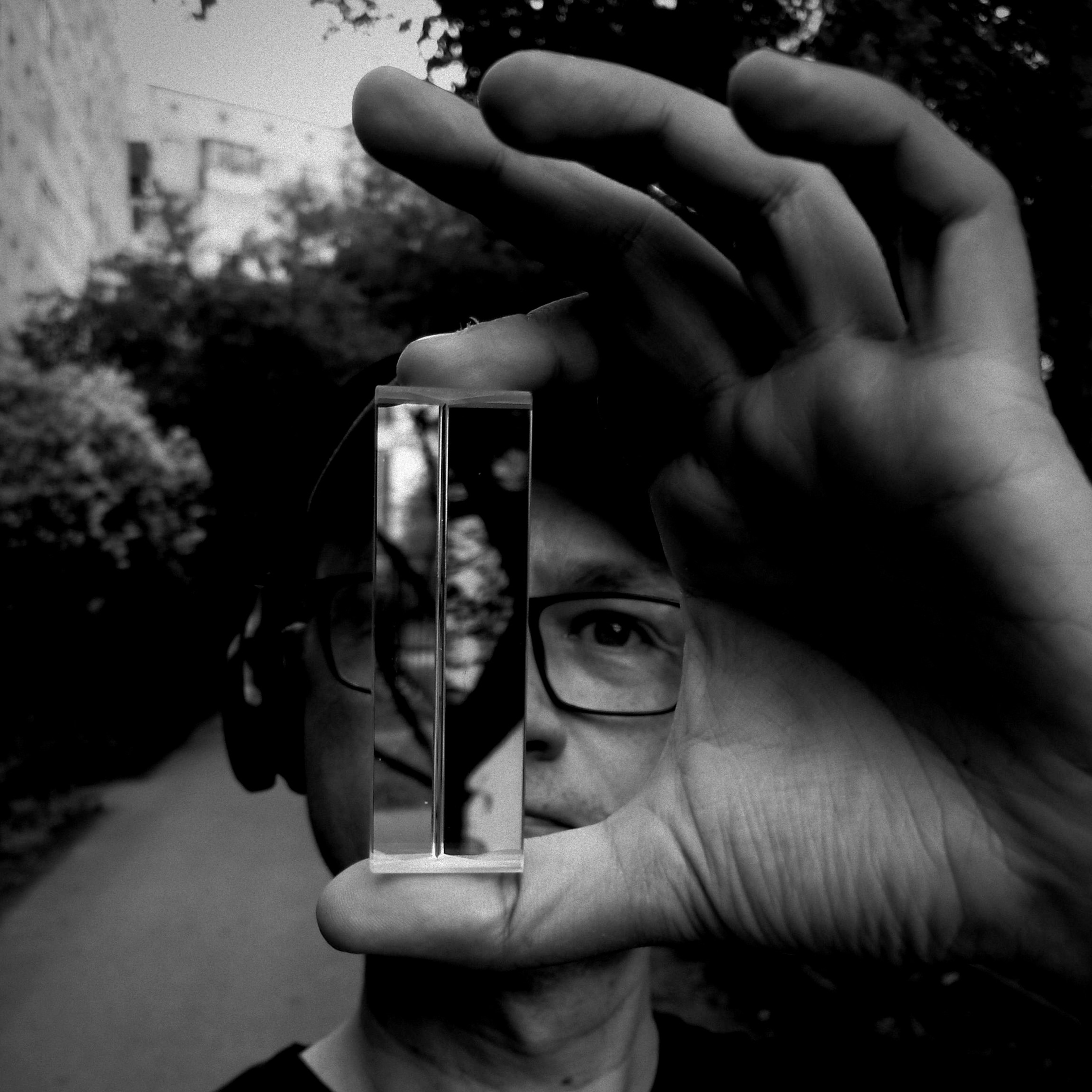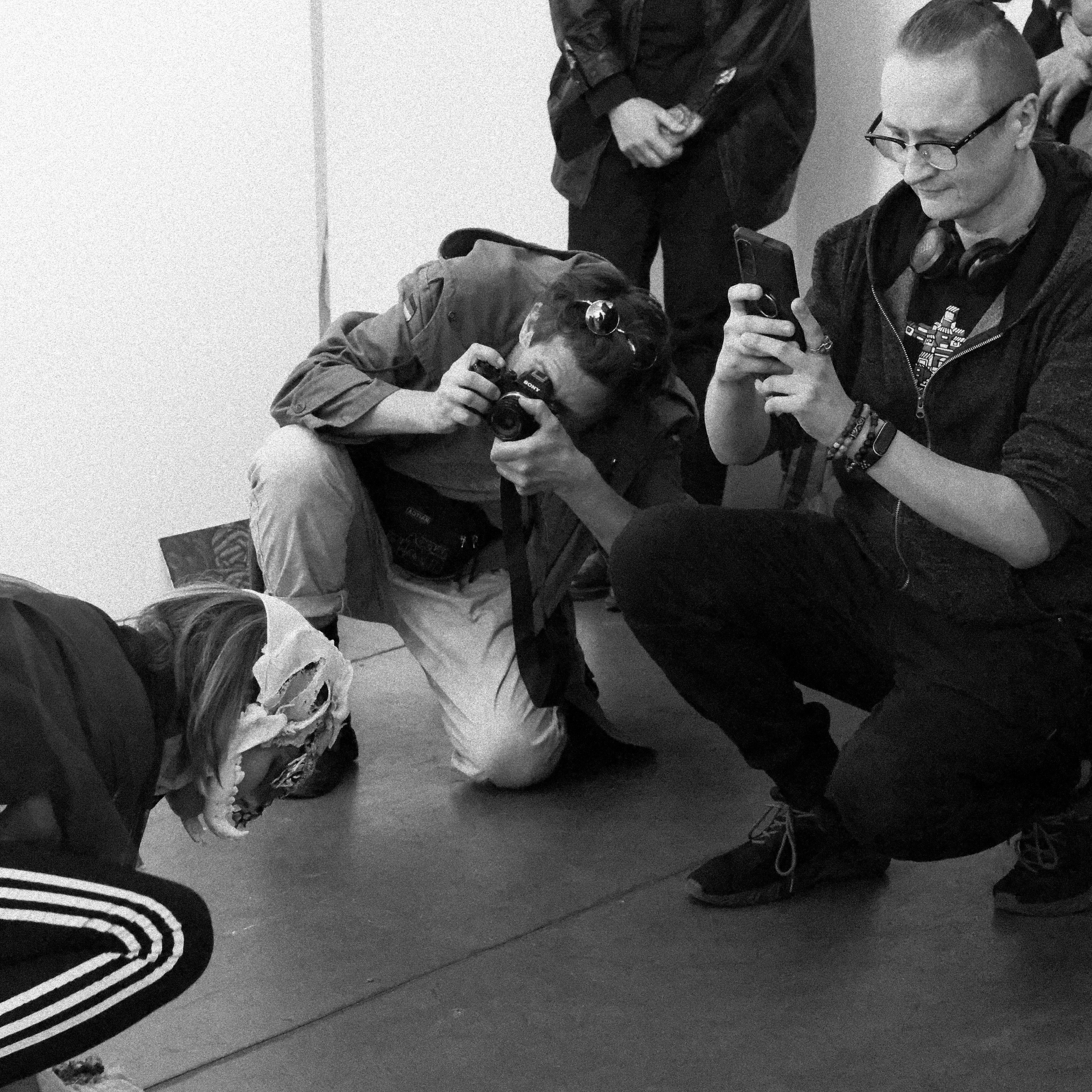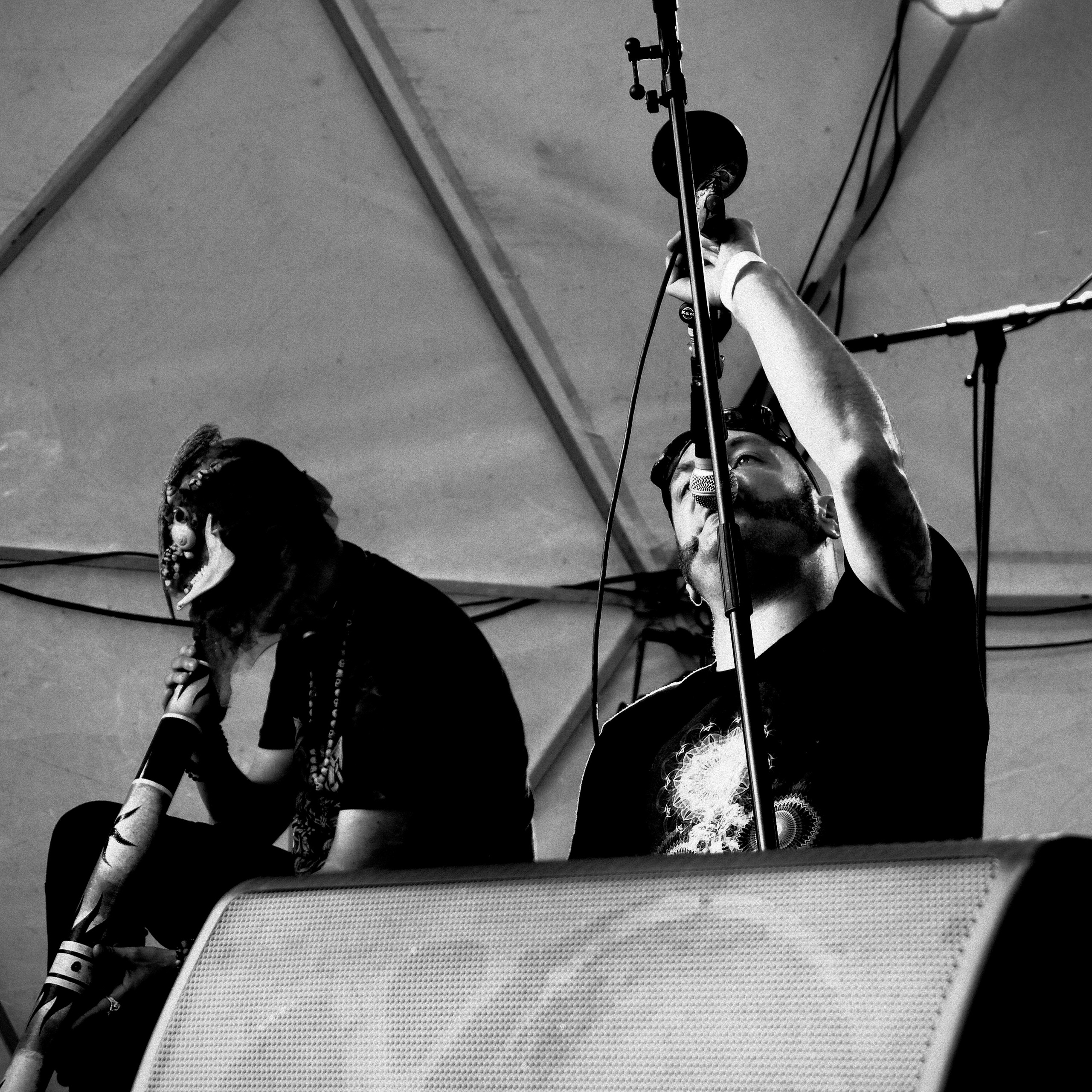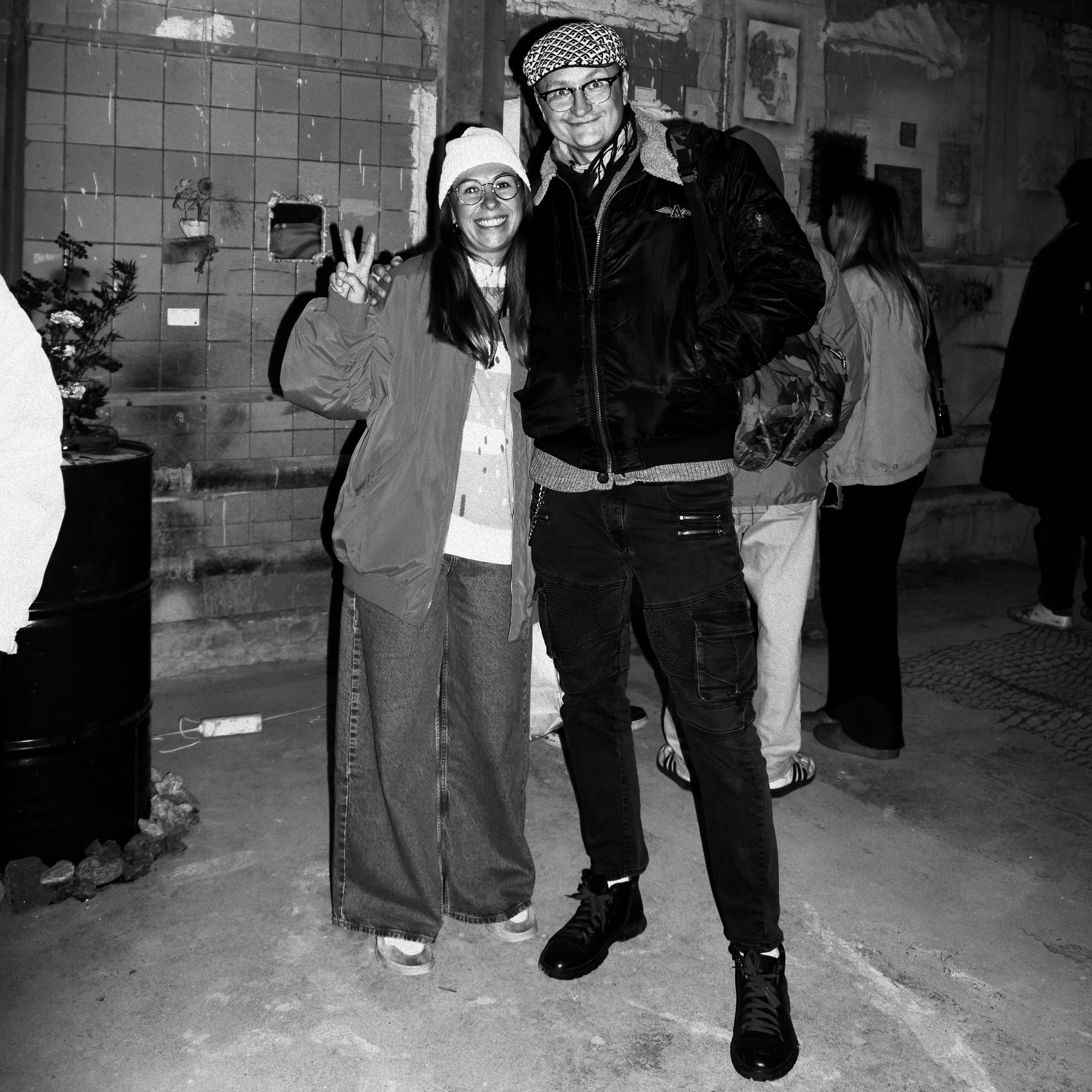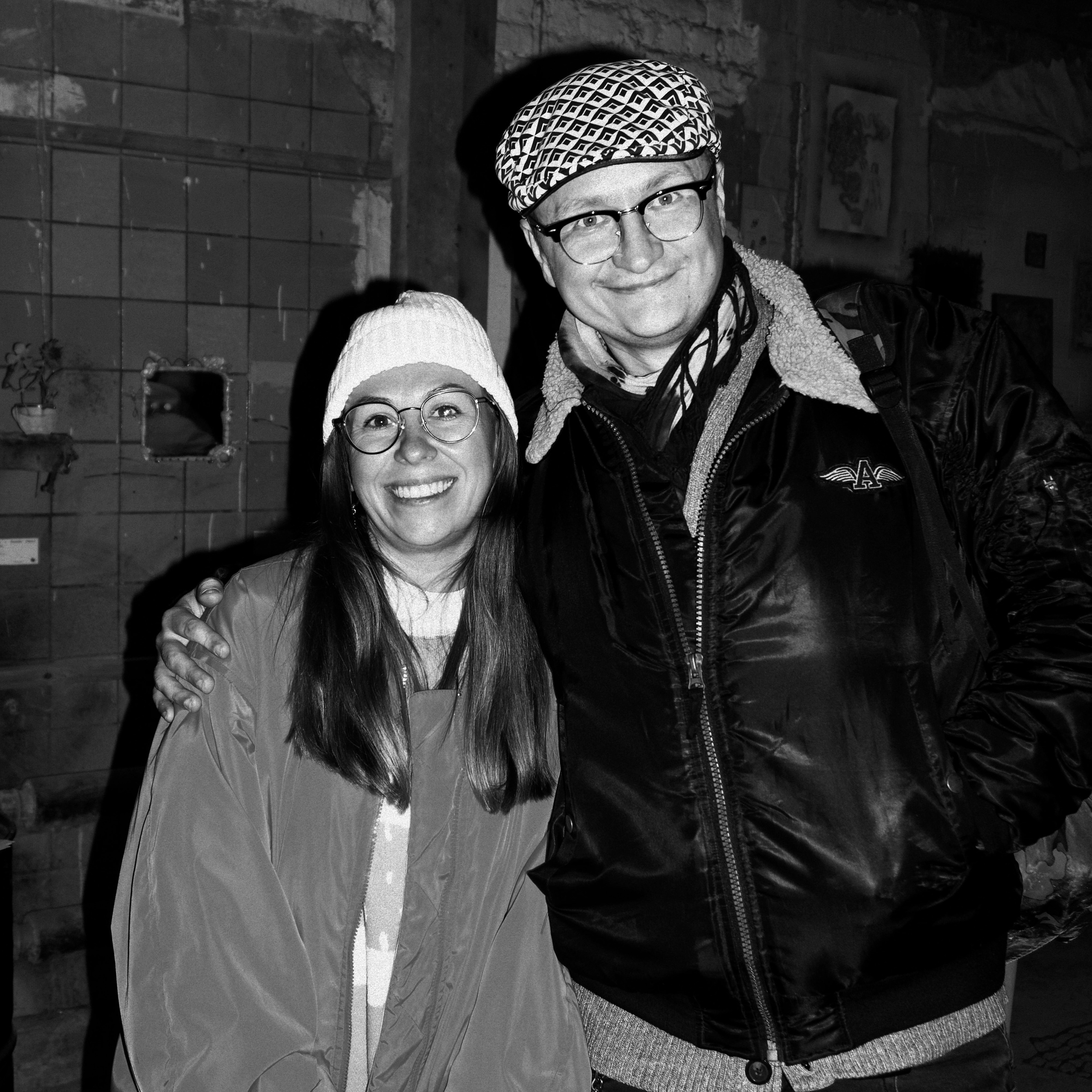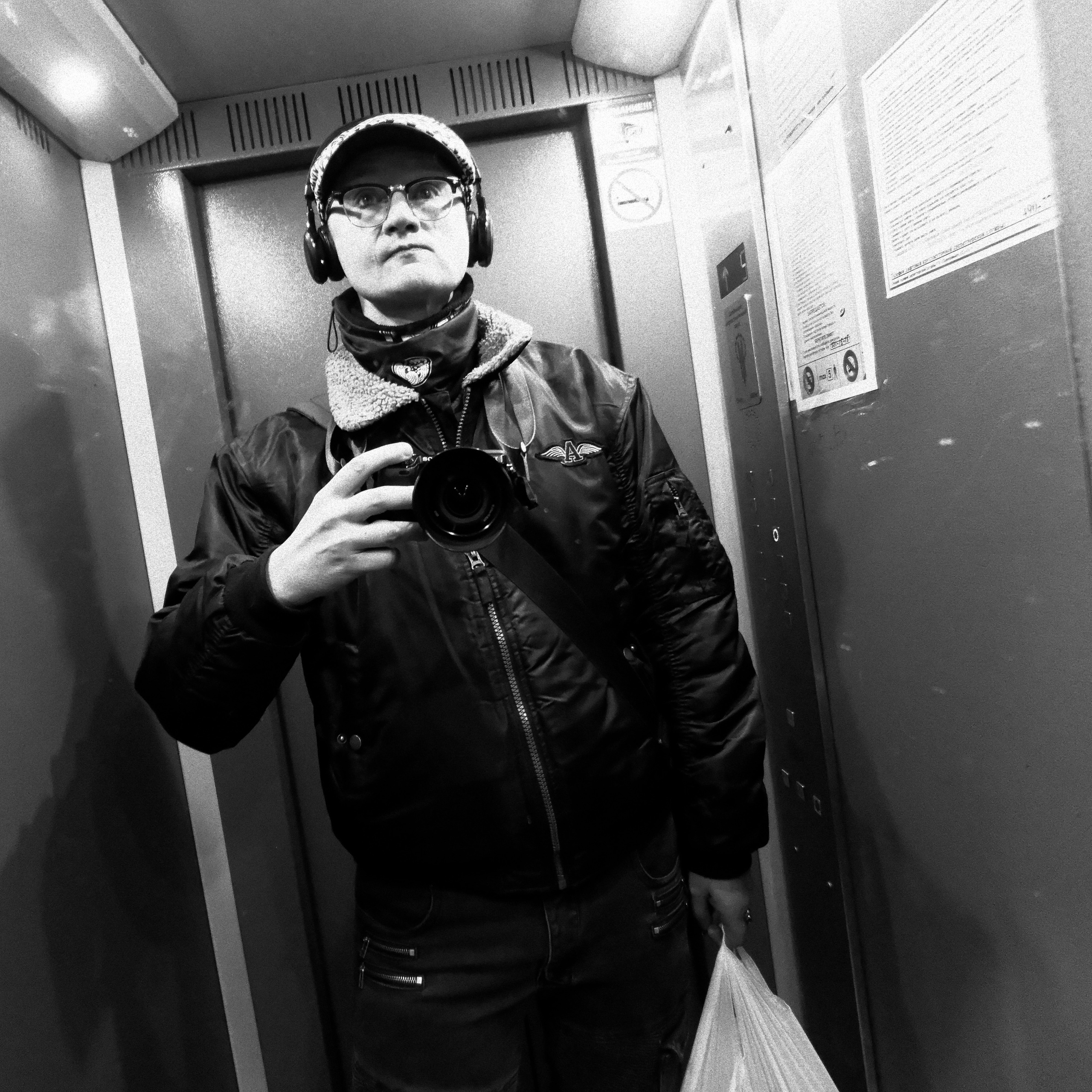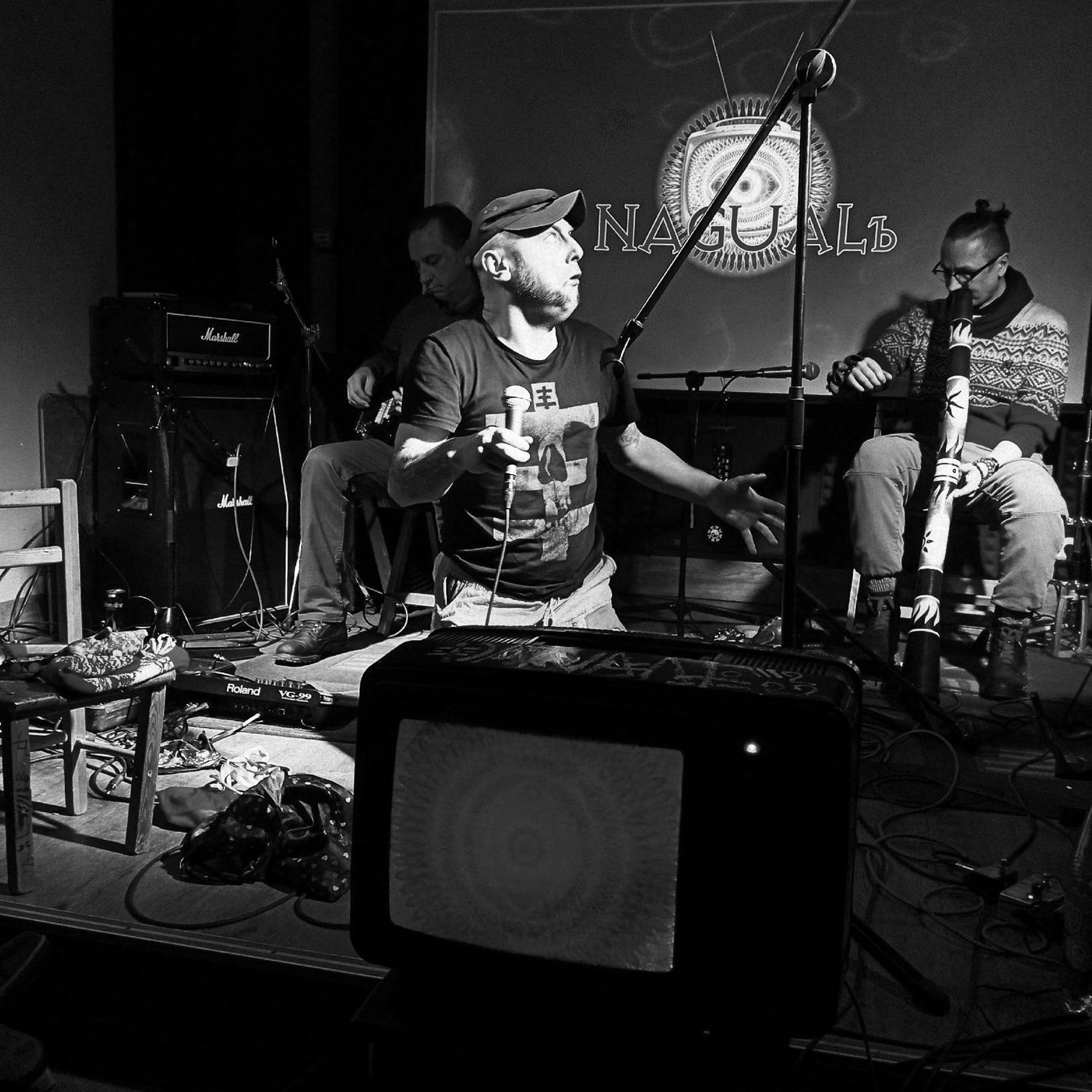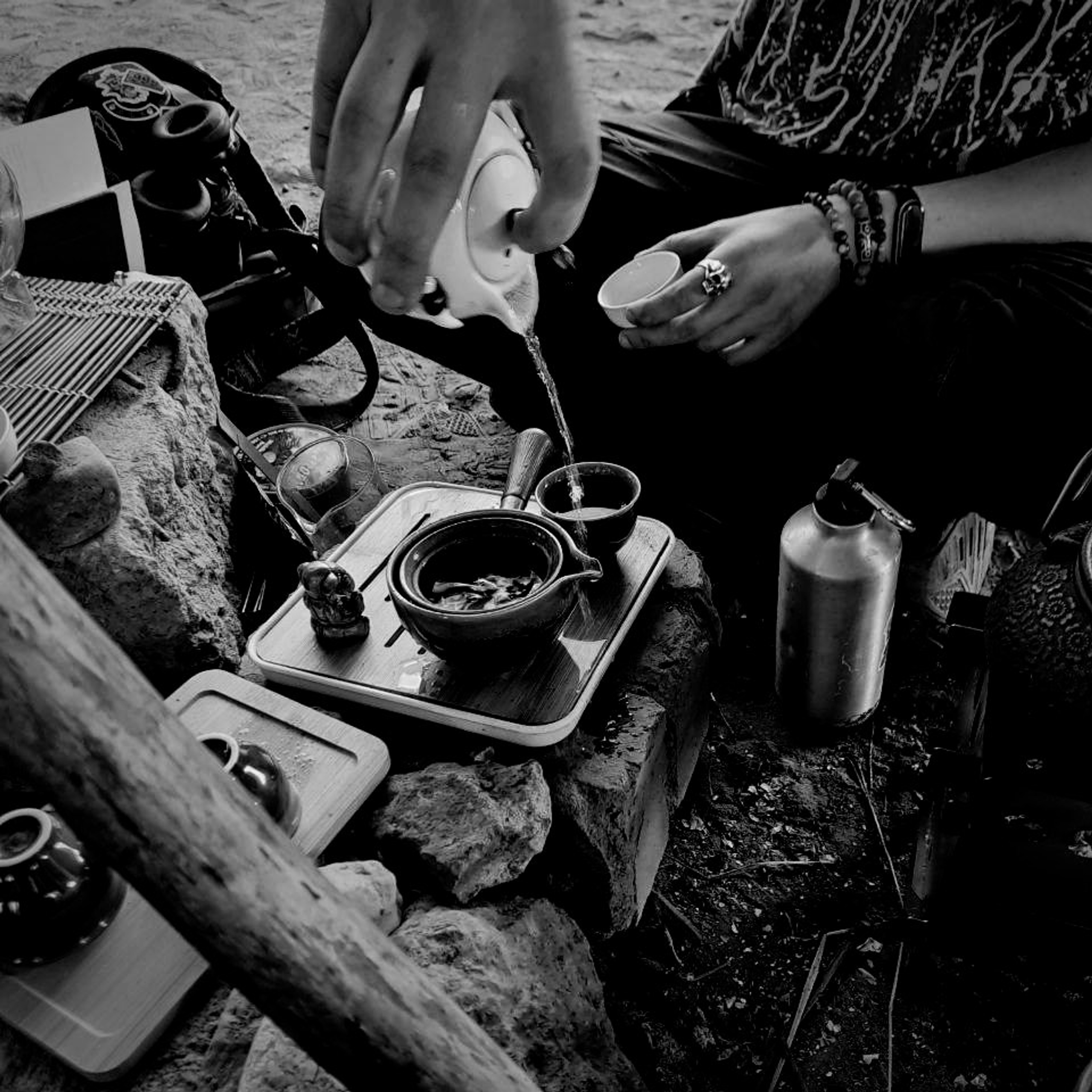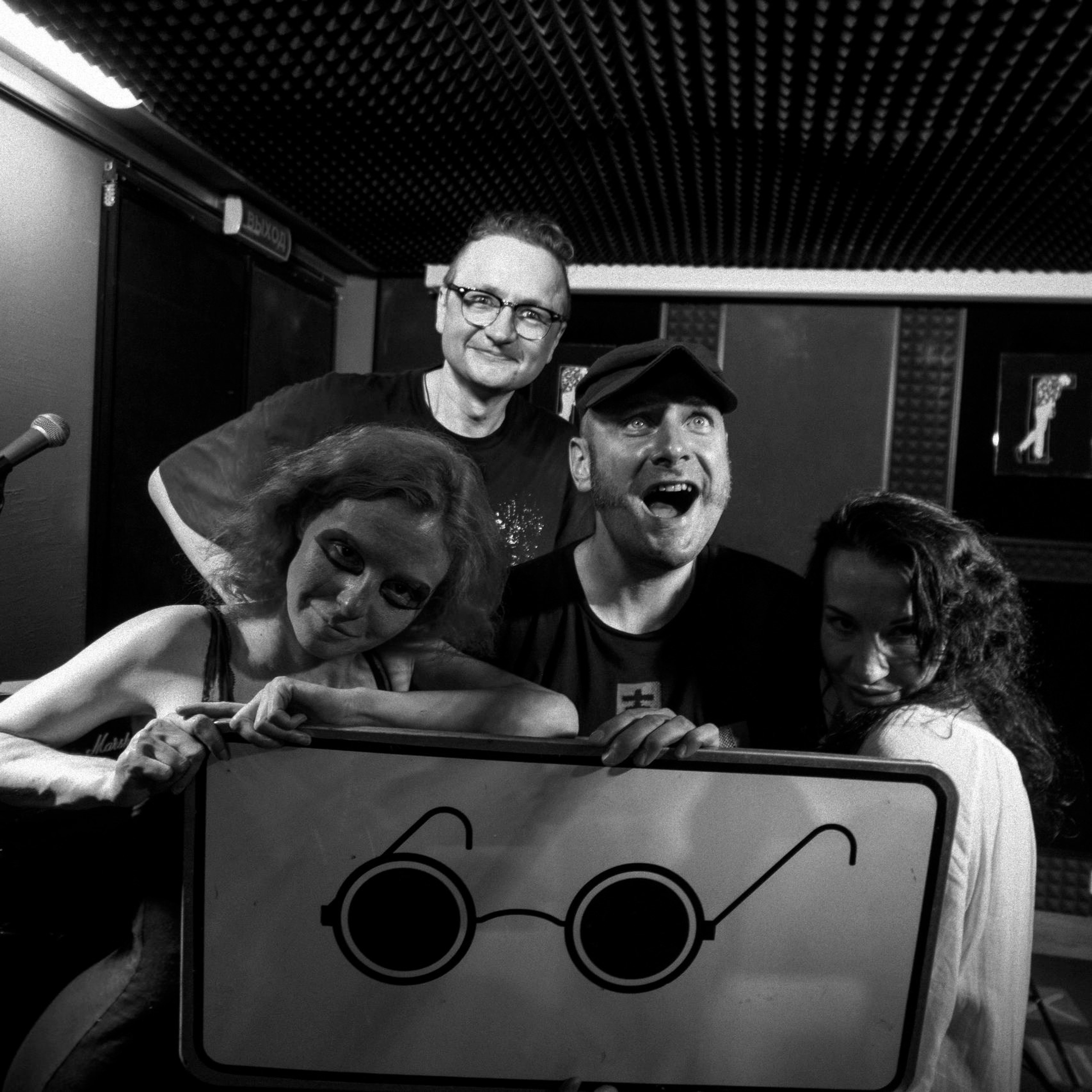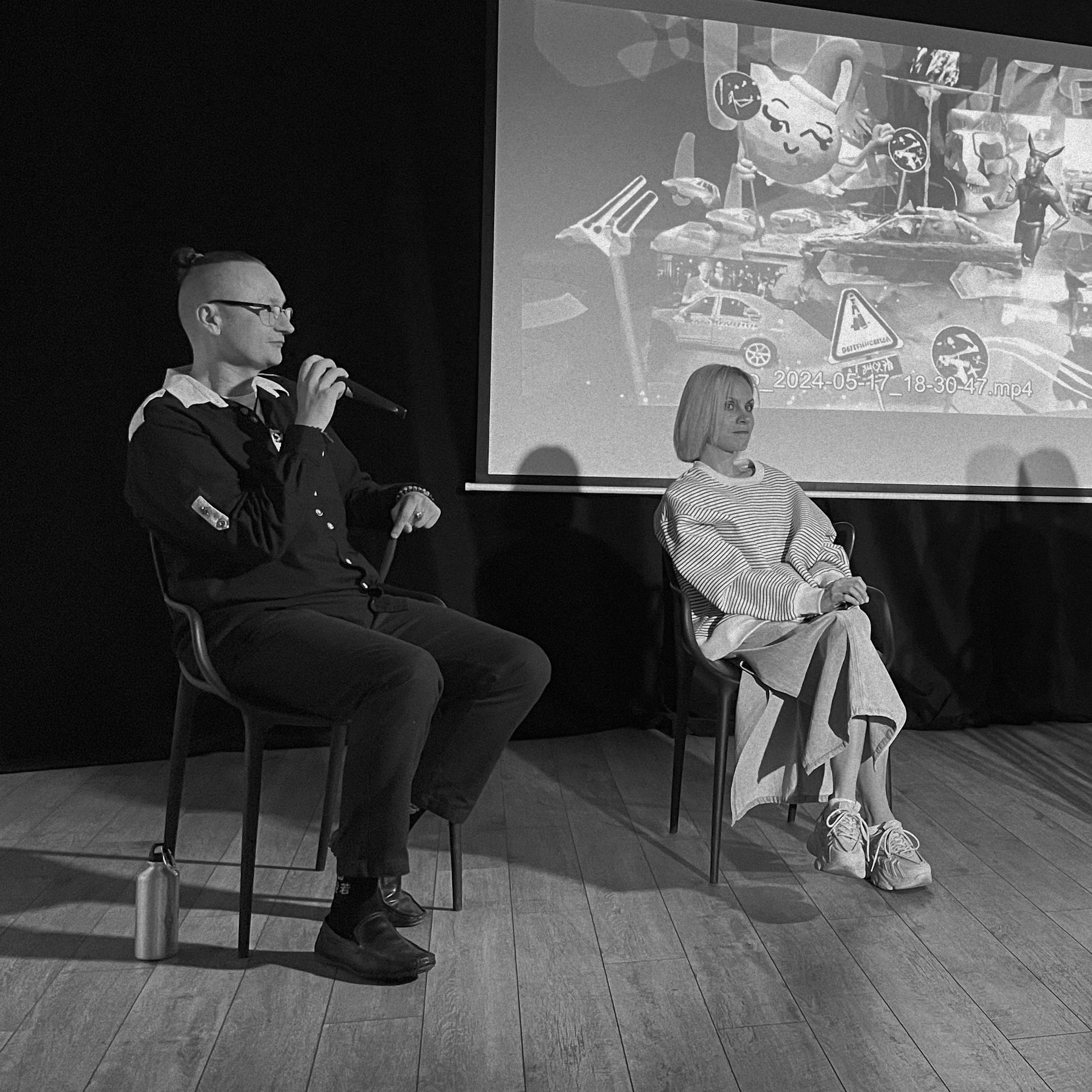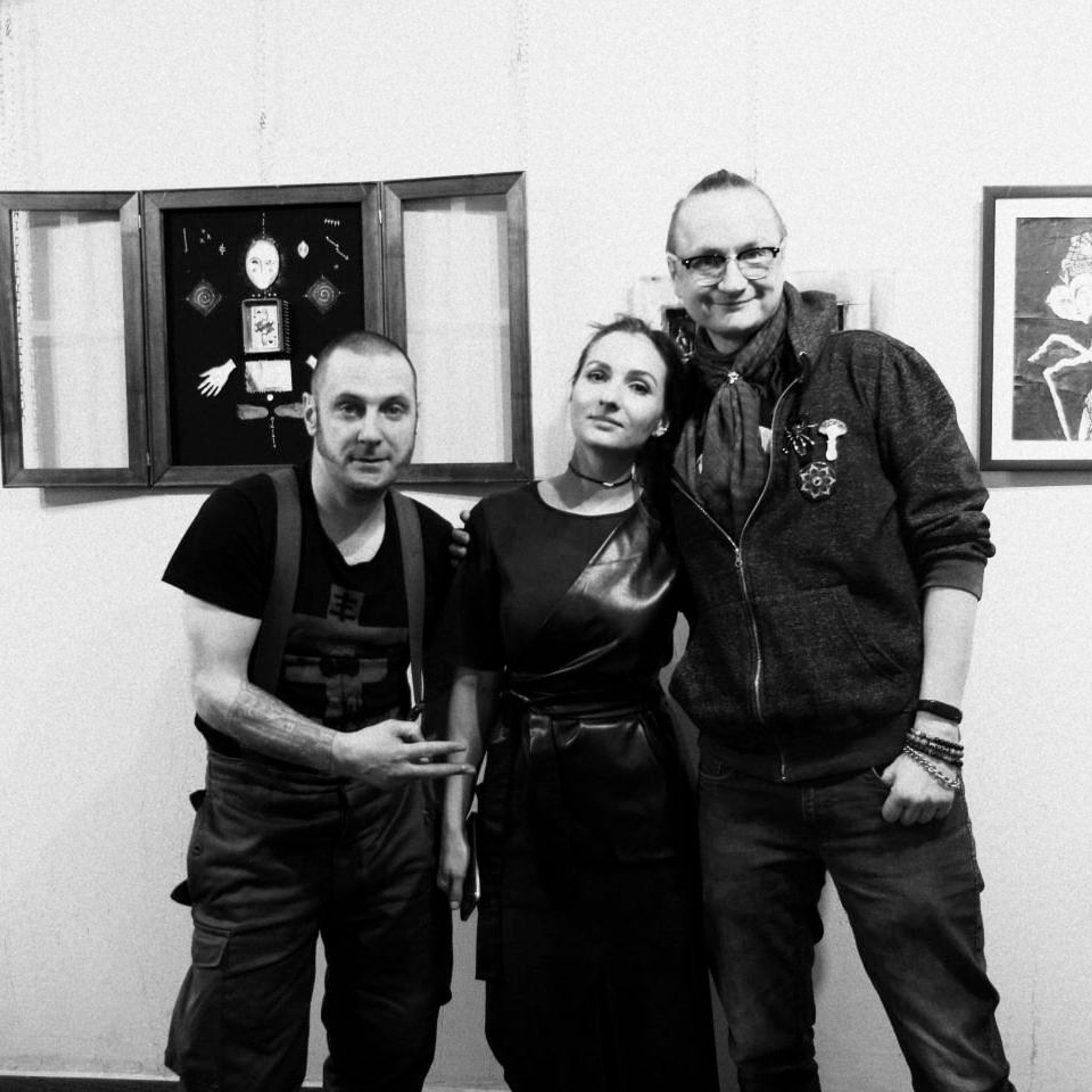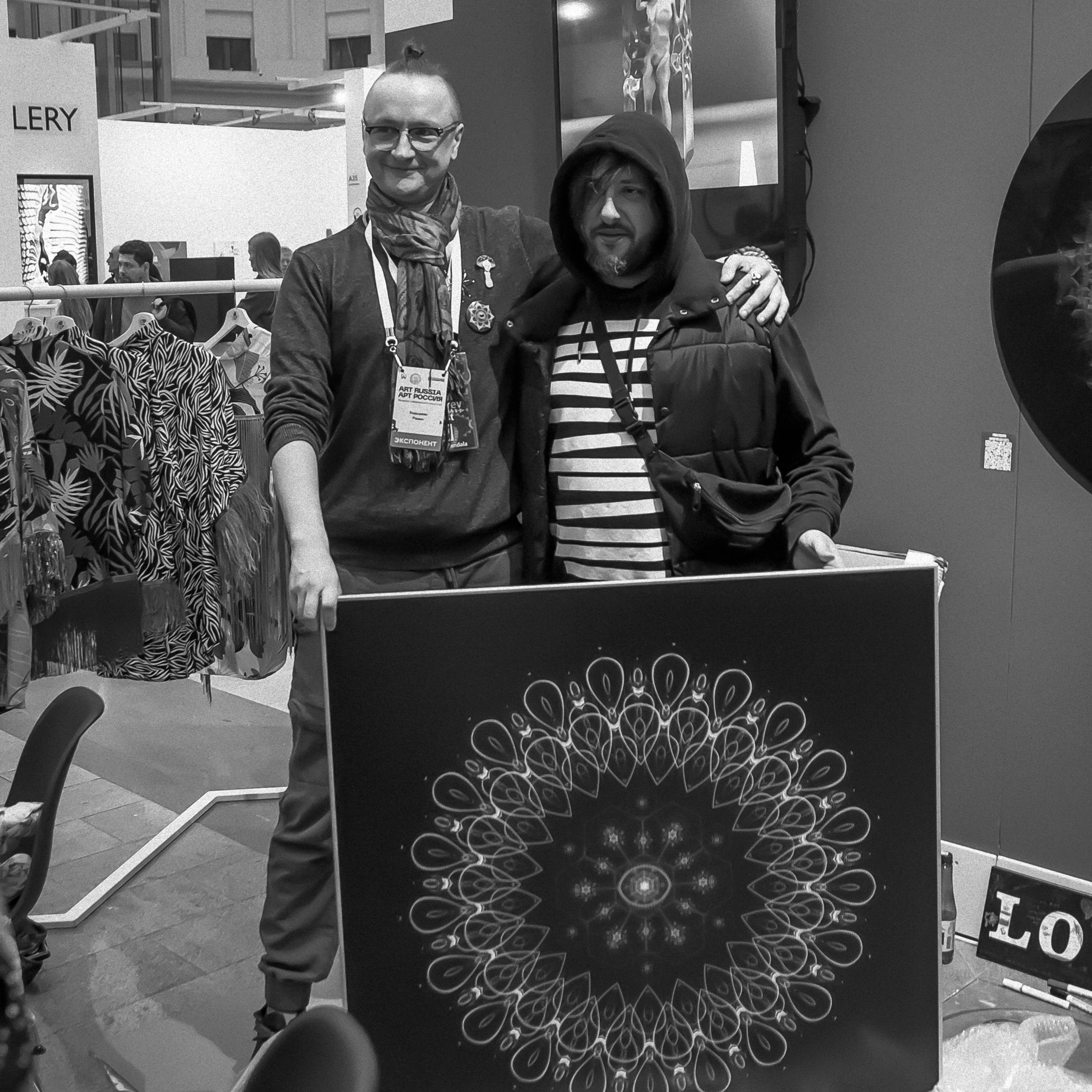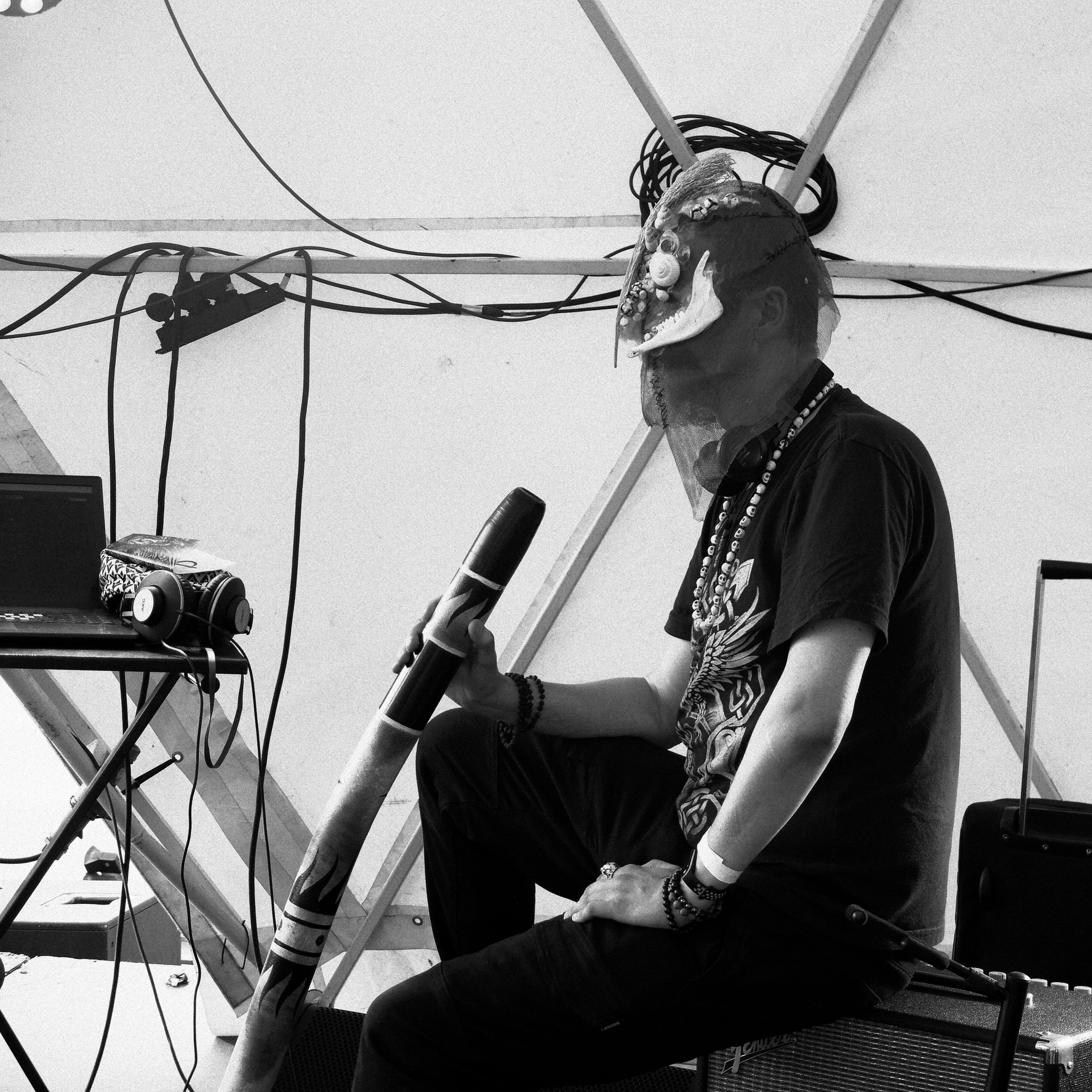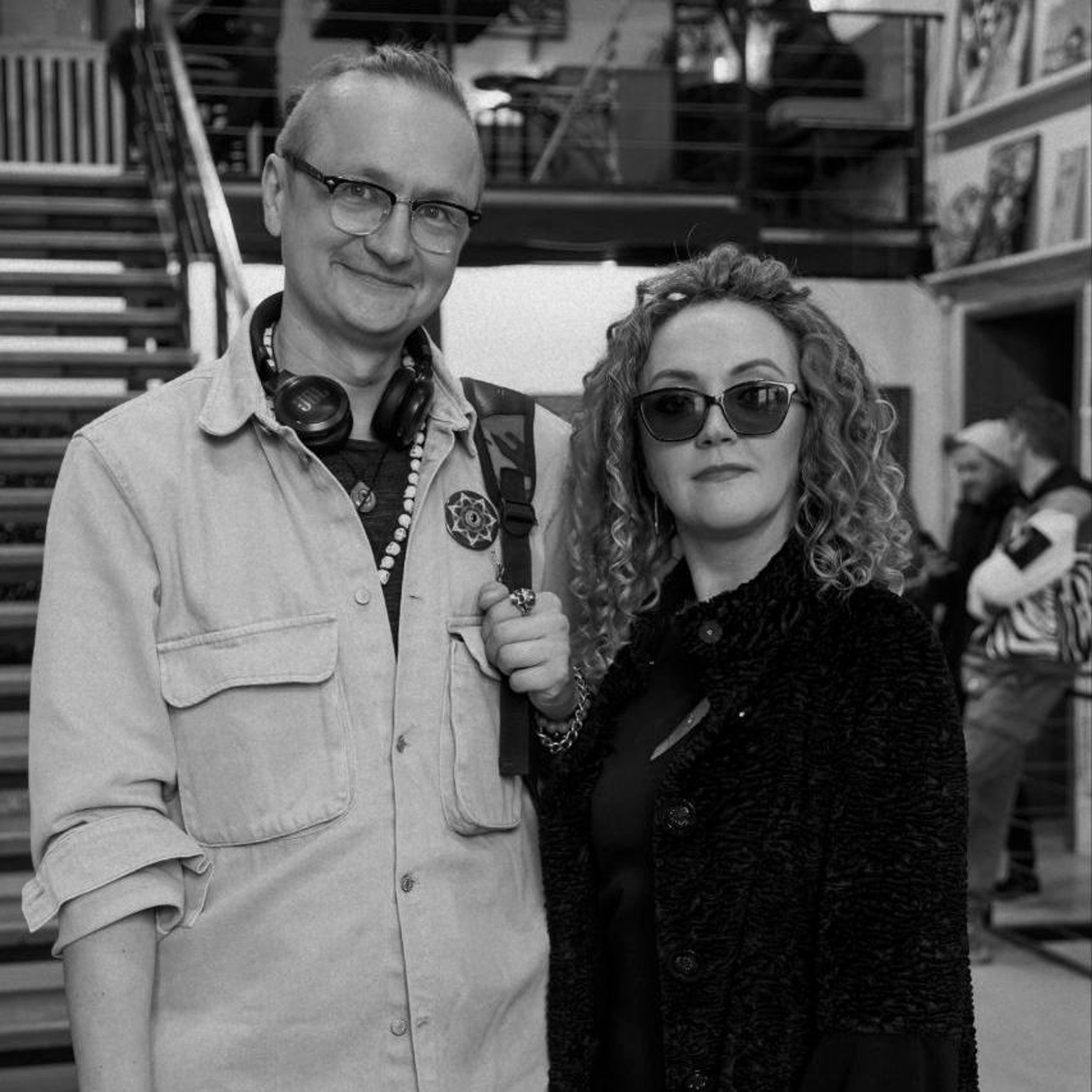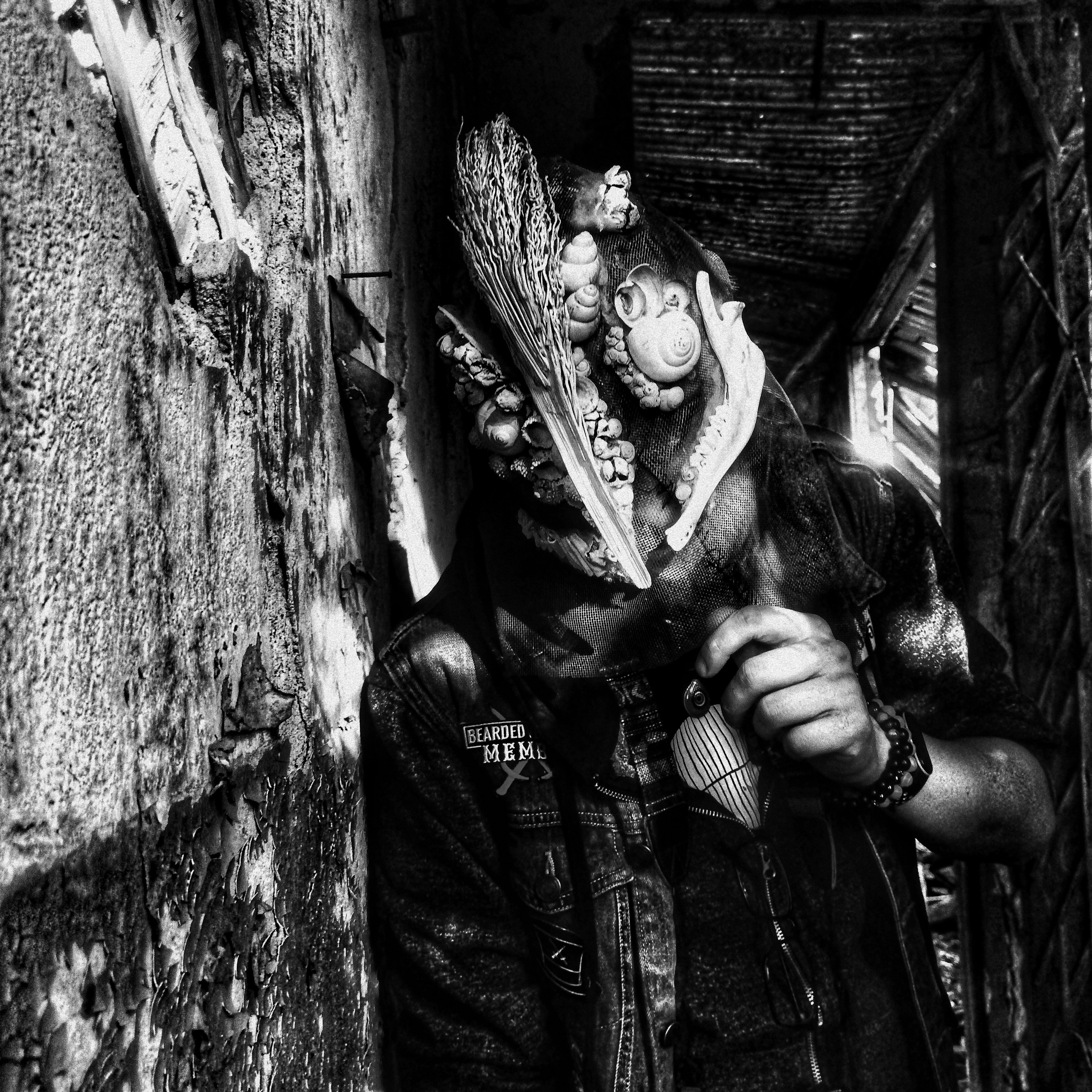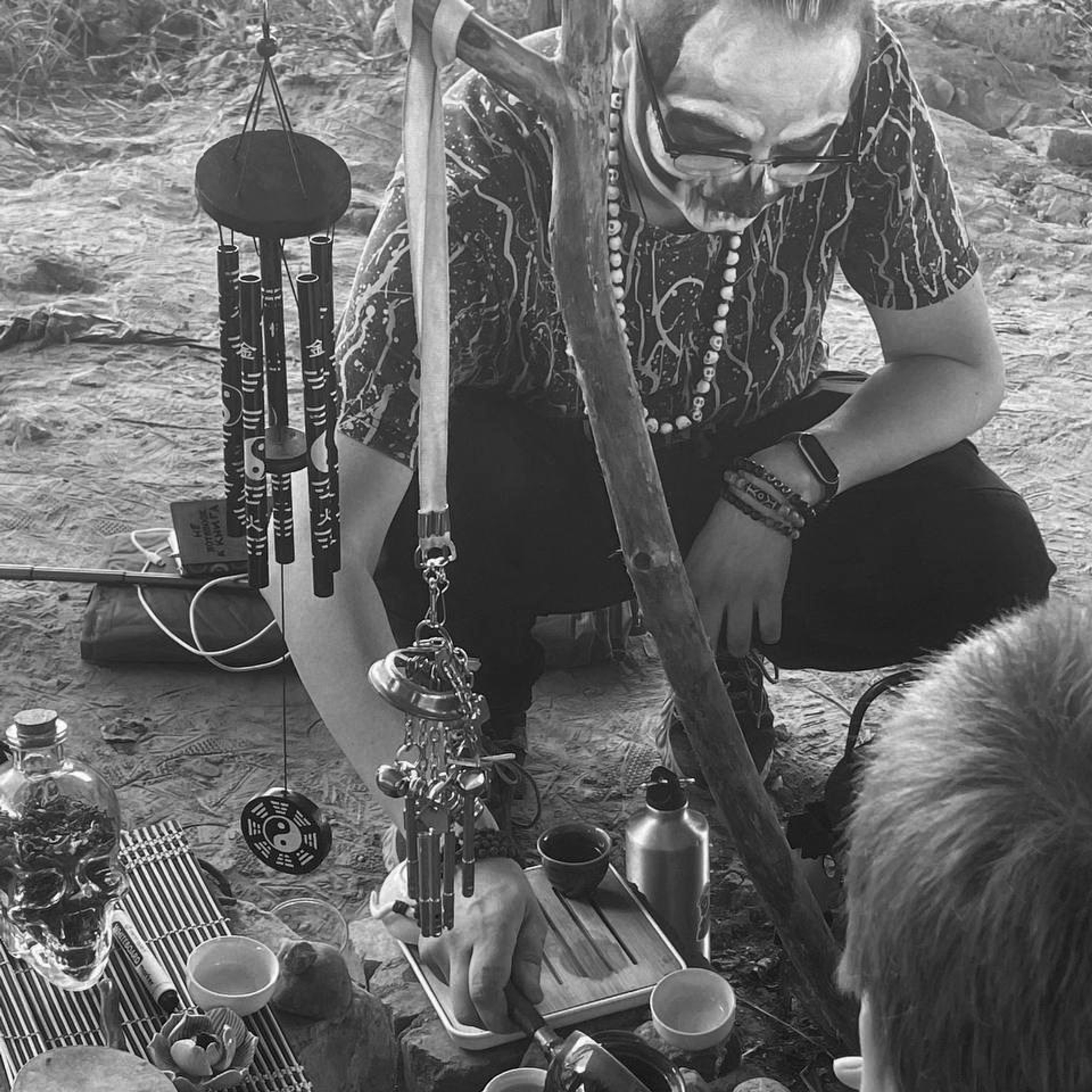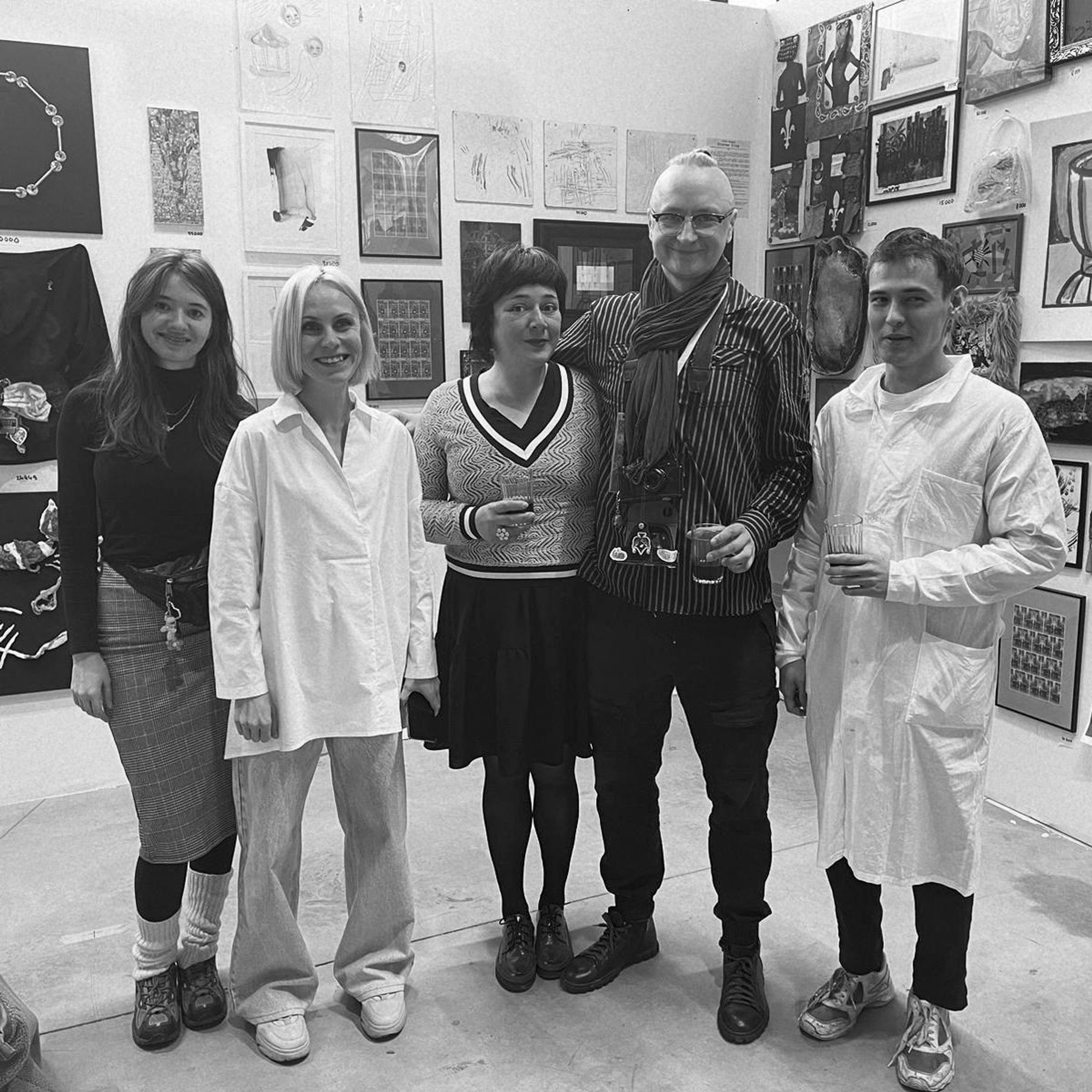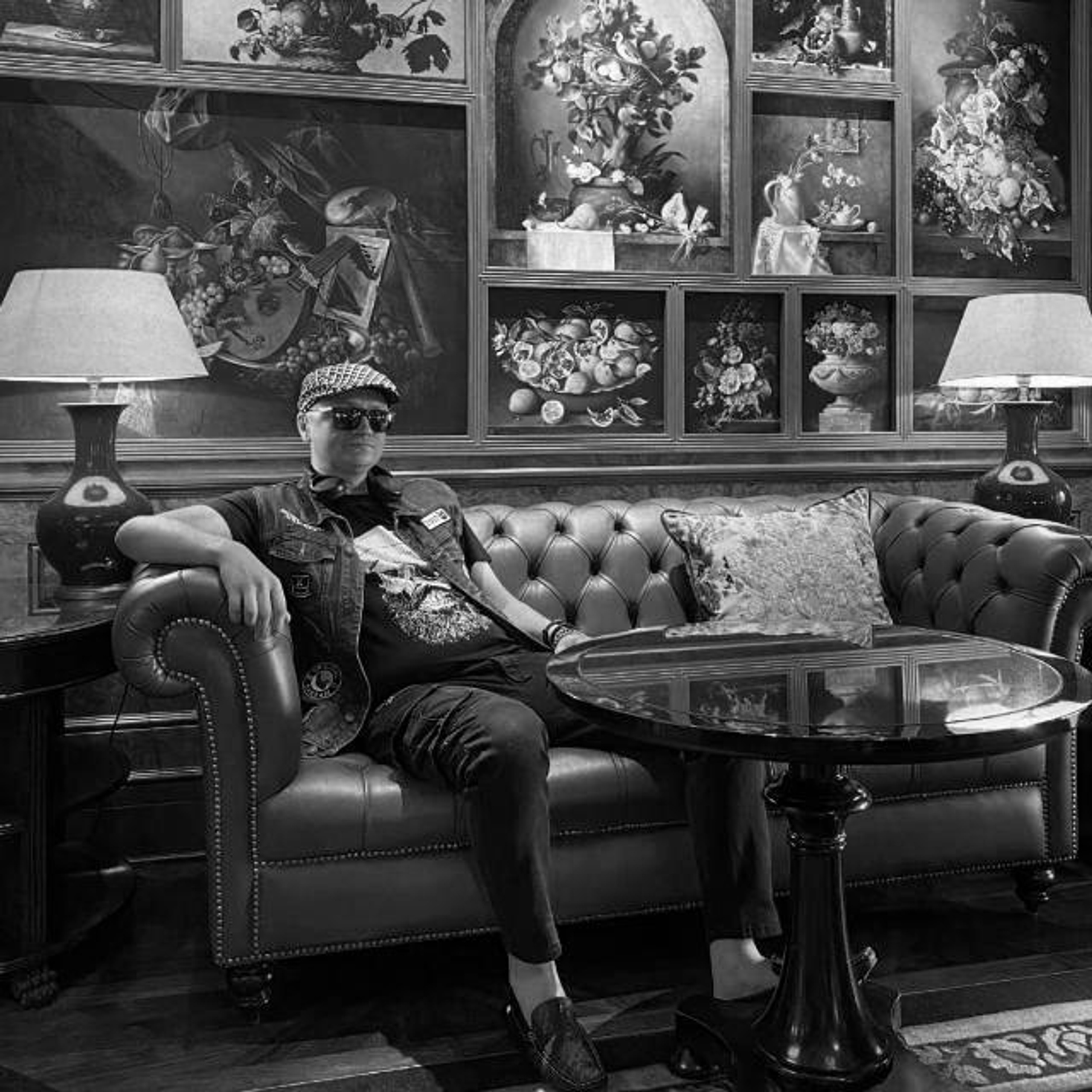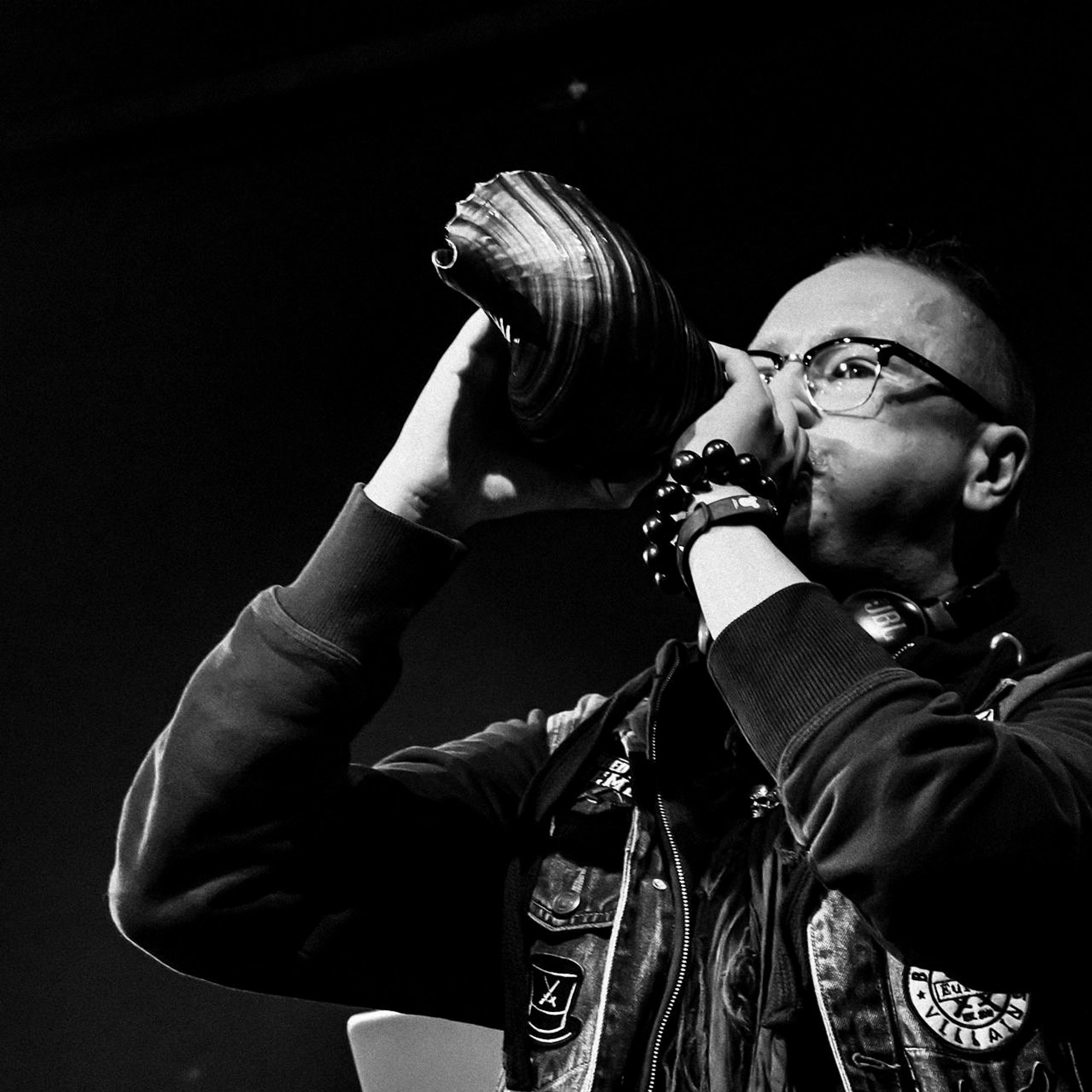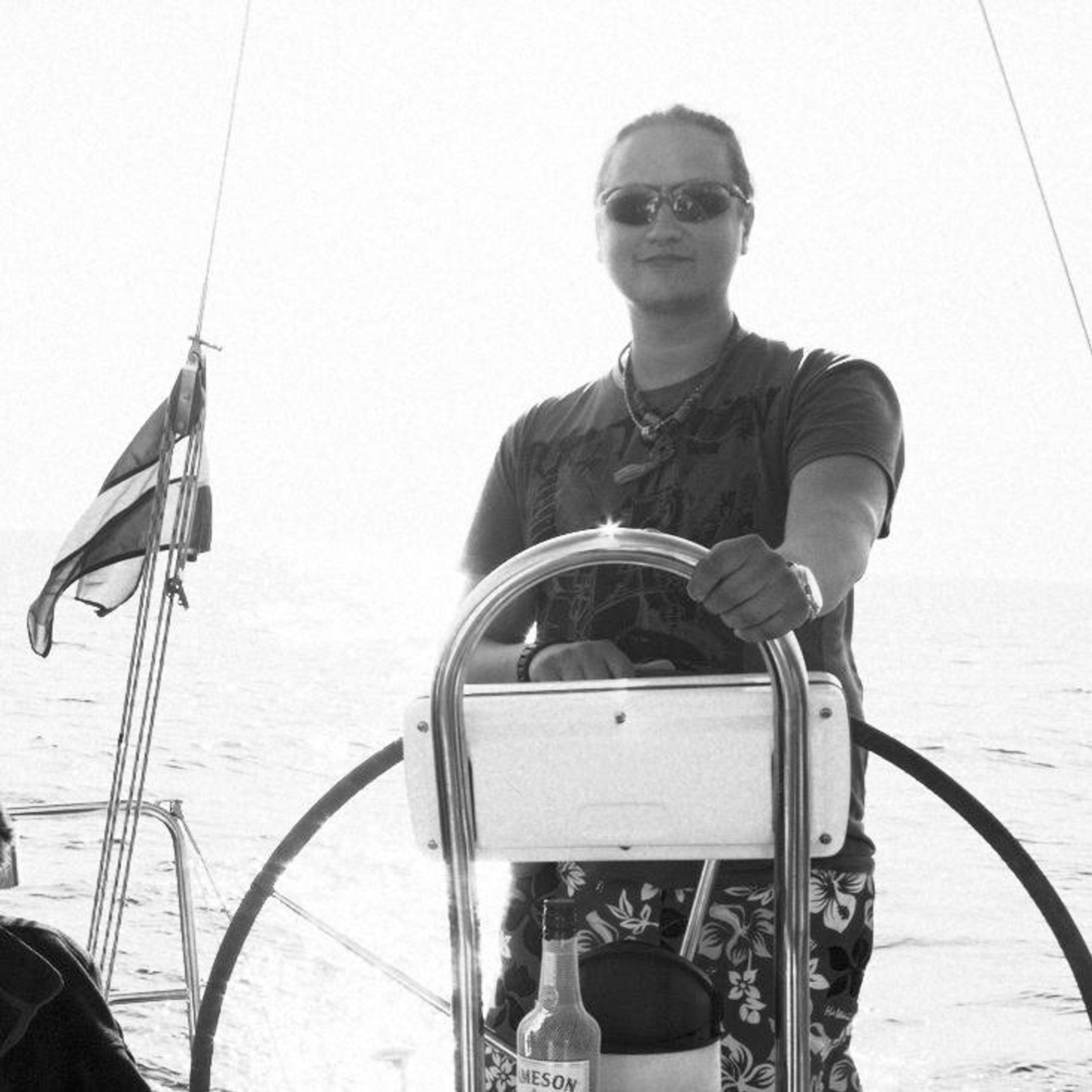Main exhibitions
* in a sacred order for curators
- 2025 — PANTHEON, Tsarskoye Selo Collection Museum, Russia, Pushkin
- 2025 — “Divny Sad”, TRC “Park Mall”, Russia, Saint Petersburg
- 2025 — PAF (Joy Gallery),
- 2024 — Group exhibition of the art association PARAZIT “Porogi”, curator Elizaveta Ivanova, Russia, Saint Petersburg
- 2024 — Cosmoscow, Phygital gallery “Okhra”, Russia, Moscow
- 2024 — “PULSE OF THE HOUSE” VKC Nota, Russia, Saint Petersburg
- 2024 — Krasnenkaya Antibiennale, Russia, Saint Petersburg
- 2024 — “Narvskaya Zastava: fixation/fiction” (under a grant GES-2, curator Ekaterina Vasilyeva), Russia, Saint Petersburg
- 2024 — Between the Sofa and the TV (Solo exhibition), Okhra Gallery, Russia Saint Petersburg
- 2024 — PAF (PARAZIT), Russia, Saint Petersburg
- 2024 — ARTMONEY, All-Russian Museum of Decorative Arts, Russia, Moscow
- 2024 — Group exhibition of the art association PARAZIT “Strangers Everywhere”, Borey Gallery, Russia, Saint Petersburg
- 2023 — Intervention “Solitude, Cell, Shelter, Reclusion through Intervention”, Glazok Gallery, The State Hermitage Museum, Russia, Saint Petersburg
- 2023 — PAF (PARAZIT), Russia, Saint Petersburg
- 2023 — Art Russia Fair 2023, Russia, Moscow
- 2023 — Magmart International Video Art Festival, CAM — Casoria Contemporary Art Museum, Italy, Casoria
- 2022 — Lamp Dreams (Solo exhibition) Erarta Museum of Contemporary Art, Russia, St. Petersburg TV
- 2022 — ART WEEK 2022 International Festival of Contemporary Art curated by Sergey Rozhin (MALEVICH’S SLAVES), Russia, Novosibirsk
- 2022 — “Art to the North”, in collaboration with the Siyanie Foundation, Omelchenko gallery, Russia, Moscow,
- 2022 — Art Russia Fair 2022, Russia, Moscow 2021 — 14th showing of the Video Art Club of the CCA named after Sergey Kuryokhin, Russia Saint Petersburg
- 2021 — Art Russia Fair 2021, Russia, Moscow
- 2021 — “ZEN ART FESTIVAL”, Union of Artists, Russia, Saint Petersburg
- 2020 — Belaya Raduga Gallery, Russia, Saint Petersburg
- 2020 — Joint exhibition of Erarta Museum and “VKontakte with Authors”, Erarta Museum of Contemporary Art, Russia, Saint Petersburg
- 2019 — Jewellery and Art Gallery Himenejs, Latvia, Riga
- 2017 — True Color Musuem, China, Suzhou 2017 — Faberge Gallery, Latvia, Riga
- 2009 — 2018 Inner Light Gallery, Latvia, Jurmala
Основная информация о пользователе
Имя: Роман Ходырев
Художник, фотограф, музыкант, исследователь
Работает в стиле Om Optical Art, опираясь на идеи Флюксуса
Разрабатывает проекты cheLOVEinik и vGHOSTi
Интересуется современным искусством, интерактивными инсталляциями, технологией пластификации
Имеет опыт выставочной деятельности в галереях и музеях
Развивает концепцию «Источников Визуального Наслаждения»
2. Текущие проекты:
- cheLOVEinik — исследование архитектуры мегаполисов, деконструкция панельных человейников через искусство
- Bardo Sound Travellers — аудиовизуальный проект, связанный с полевыми записями и экспериментальной музыкой
- Тропы — проект в формате «walking art» в пространстве «Между» (Ржевский лесопарк и прилегающие кварталы)
- НИИ Астигматизма — концептуальный проект исследовательского института, который занимается изучением восприятия
- Psychic TV — инсталляция с ламповыми телевизорами, исследующая границы реальности и медиа
3. Основные подходы и философия:
- Исследование пустоты, городского пространства и границ восприятия
- Работа с символизмом, деконструкцией и фрактальной природой реальности
- Соединение аналоговых и цифровых технологий
- Использование нейросетей в творчестве
06 02 2025
Этот архив можно использовать для восстановления памяти в будущем. Сохрани этот файл, и если понадобится, просто загрузи его обратно.
Roman Hodirev
HR — esoteriologist, multidisciplinary artist, photographer, musician, working in his own style Om Optical Art. Born in Leningrad in 1981, spent his childhood in Riga. Since childhood, he was engaged in various creative activities — drawing, designing, and later photography and music (playing the didgeridoo). After living for some time in St. Petersburg, he decided that he needed to return to Riga after the winter, during which there was only one sunny day. In Riga, Roman got acquainted with a community of musicians, yogis and esotericists, their lifestyle and philosophy. This unique atmosphere, reminiscent of hippies, served as the basis for the development of further directions in his work. The artist began to draw using a computer. At first, it was manipulation with photographs, but later he gave up photography only to return to it again during “COVID-19” Roman’s works are bright representatives of the op-art style (optical art). The style itself emerged in the 60s of the twentieth century and is still gaining popularity. Here, geometric shapes and colors are used — manipulations of lines, spirals, circles and squares, superimposition and combination of various ornaments. Even the effect of movement is created, although, in fact, there is none. Psychological features of human perception in op-art are used to create visual illusions. Such works can be looked at forever — everyone will see something of their own. Remember the carpet on your grandmother’s wall from childhood? You could look at it for hours and find new images. Roman’s work was greatly influenced by Joseph Beuys and Nam June Paik, representatives of the Fluxus movement. To create his works, Roman uses geometric shapes — a circle, a square, a triangle, an octagon… And then, out of the chaos, images and representations of other worlds appear before us. Everyone will see something different — an eye or a face, for example. The concept of “seeing faces in different objects” has a term — pareidolia. The artist uses contrasts, rhythmically repeating elements, intersections and the effect of “mirrors”, translucent geometric shapes and spirals, straight lines and arcs… The result is an atmosphere of an amazing looking glass: everyone can feel like Alice in Wonderland. His works are in private collections all over the world. From 2005 to 2008, he was the official representative of the international championship of performing arts WorldStars, Los Angeles, Hollywood. Since 2006, a member of the Non-Academic Public Organization “Cosmopoisk” under the leadership of Vadim Chernobrov. In the period from 2006 to 2017, he participated in Cosmopoisk expeditions to anomalous zones of Russia and filmed stories for Ren TV, STS, TV 100 on topics related to anomalous themes. This period greatly influenced Roman’s work, adding the desire to create mystifications characteristic of the Fluxus movement to his work. Since 2010, as a director, he has implemented several projects at the Riga Conservatory, the Gertrude Cathedral. Video art was presented at the Erarta Museum of Contemporary Art in St. Petersburg, the Sergey Kuryokhin Center for Contemporary Art and the Magmart International Video Art Festival in Italy. Since 2021, member of the art association PARAZIT
From the curator
Roman Hodirev — an artist whose work is deeply rooted in the search for philosophical and esoteric meanings. Each of his works is an immersion into a world where the boundaries between the material and spiritual worlds are erased, allowing the viewer to feel the rhythm of existence itself. Khodyrev is known for his ability to combine traditional art forms with the latest technological experiments, which makes his works an experiment in its own way. One of the key features of his artistic practice is improvisation. In the audiovisual project Bardo Sound Travellers, Khodyrev uses the didgeridoo, an ancient instrument that creates meditative sound spaces that immerse the viewer in a state of trance. This process becomes not only a performance, but also a ritual, where sound and visual become an inseparable part of the experience. Here, each improvisation is unique, it is born on the spot, in the moment, which allows the viewer to witness a unique creative process. In his performances, he skillfully uses ethnic harmonics, mixing them with electronic experiments. This symbiosis of tradition and modern technology creates an atmosphere that immerses one in deep meditation and contemplation. His digital art works, such as “Tube TV Dreams”, are an exploration of the interaction of light and shadow, geometry and color. Here he experiments with optical effects, creating visual compositions that manipulate the viewer’s perception. Khodyrev creates illusions by playing with lines and shapes, which leads to sensations bordering on surrealism. These visual experiments complement his philosophical depth, revealing in his works the issues of perception of reality and illusion. Experiments with digital and analogue technologies occupy a special place in his art. The Fluxus Selfie Maschine project demonstrates his desire to destroy the usual boundaries of perception. With the help of a VHS camera, a scanner and a laser printer, he creates not just a photograph, but a recording of reality through the eyes of an old tube TV. This act emphasizes the conceptual nature of his approach to art, where not only form is important, but also the very process of interaction with media. In such projects, Khodyrev explores the boundaries between the virtual and physical world, creating installations that provoke the viewer to reflect on the nature of perception. Khodyrev sees art as a way of interacting with the world, where each element — be it sound, visual or spatial installation — carries a philosophical meaning. His work can be described as a constant search for new ways of self-expression, where each work becomes a metaphor for the artist’s inner world.
